Burson Audio V6 Vivid & V6 Classic comparative review

When I was testing the Burson Fun I quickly realized that it’s among the best sub 500 USD headphone amp I have ever tested. I think Burson Audio really nailed everything about that one, it has power to spare, a strong control over the headphone drivers, it has very low noise with sensitive IEMs and most importantly sounds technical and musical in the same time.
To think that all of that was achieved with two NE5543 op-amps it is almost unbelievable. I say this because NE55xx are really not special at all. I heard them multiple times and spotted them in about every lower tier CD players and DACs but they never really caught my attention. Most of the time they sound dull and muddy, putting a big emphasis on warm notes but really lacking in leading edges of the musical notes.
In its stock form Burson Fun Basic sounds really good but only knowing that it can sound even better than that with a better set of op-amps can really make your nights longer and your sleep time shorter.
Enter Burson Audio own all discrete V6 set of op-amps in Single and Dual variations. It’s V6 because they are already at the 6th revision this time around supporting a wider voltage input and having overall better specs compared to its predecessors.
Burson offers two versions of V6 op-amps: V6 Vivid and V6 Classic (both in single and dual variations).

What is so special about them?
So what exactly was improved compared to older generations, do we really need a new revision?
Almost everything inside was retuned, updated and improved: a new enclosure was used with a good ventilation on top (older generations didn’t have that) to better dissipate heat (my older Matrix HPA-3B cooked op-amps faster than a frying pan!), there is also now a reversed power protection circuit, 0.5% tolerance metal film resistors are now being used and both input and output stages are now using hand matched FET transistors. Quite an upgrade isn’t it?
Burson Audio dedicated much love and passion into making them that they are offering lifetime warranty for every op-amp that leaves the factory, that’s über cool!
Of course, none of the above will matter if V6 will sound bad so let’s make some serious listening sessions and compare both to the NE5543.
Sound impressions
V6 Vivid

V6 Vivids came first, swapping them is actually easier than expected. I used the Burson Fun for the listening tests and comparisons connected to a Matrix X-Sabre PRO DAC fed by a high quality X-SPDIF 2 interface.
I swapped both NE5543 with two single V6 Vivids and started listening to almost anything that came up on the Tidal playlist.
After first few seconds I realized I am dealing with a clearer and a faster sound. I’m more of a rock listener and I always crave for a faster transient response with harder hitting notes and to a clean as possible presentation.
Funny thing is that V6 Vivid sounds exactly like that but let’s go deeper in the rabbit hole. Sennheiser HD660S that I am using right now are not among the fastest headphones and sometimes I really miss my former Audeze LCD-4 for their lightning speed and impact.
With V6 Vivids, HD660S are sounding clearly faster, the edges of the notes are also somehow clearer and sharper, guitar strings have a clearer leading edge and vibrate with more life this time around.
Bass notes not only hitting me harder but they also delve deeper into the mix. Try some Infected Mushroom or Chemical Brothers with a set of V6 Vivids and the smile on your face is guaranteed. Bass lovers will really appreciate what Vivids can deliver. The best part? Bass not only is faster and deeper but it is clearer, easier to spot in small passages and does not overshadow other notes. It’s clear, crisp, fast and deep.
Midrange performance was improved as well but not in such a big way. Overall voices are sounding clearer and more defined. In time I also observed that vibration of the voices is not as long as with NE5543. On a closer inspection I realized NE5543 is making all the voices and string instruments sound longer having a slower decay. Depends on what you like, I’m personally not impressed by longer decays of any musical note (that is one of the reasons I am not a tube guy anymore).
NE5543 most of the time sounds like tube gear that is warm, a little dull, inviting but lacks micro-details, speed and impact.
V6 Vivid is almost like a total opposite of that, think of a vintage car VS a race car.
Other thing that caught my attention at a later stage is depth. To really appreciate depth, I fired some live recordings where it’s easier to spot changes in the soundstage width and depth. To me Vivids sound deeper and an imaginary wall is being hit at a later time compared to NE5543. Soundstage width on the other hand is almost identical between the two. It’s pretty wide and well spread, nothing more, nothing less. In my opinion V6 Vivid has a great depth and a good well spread soundstage (but not the widest).
V6 Classic
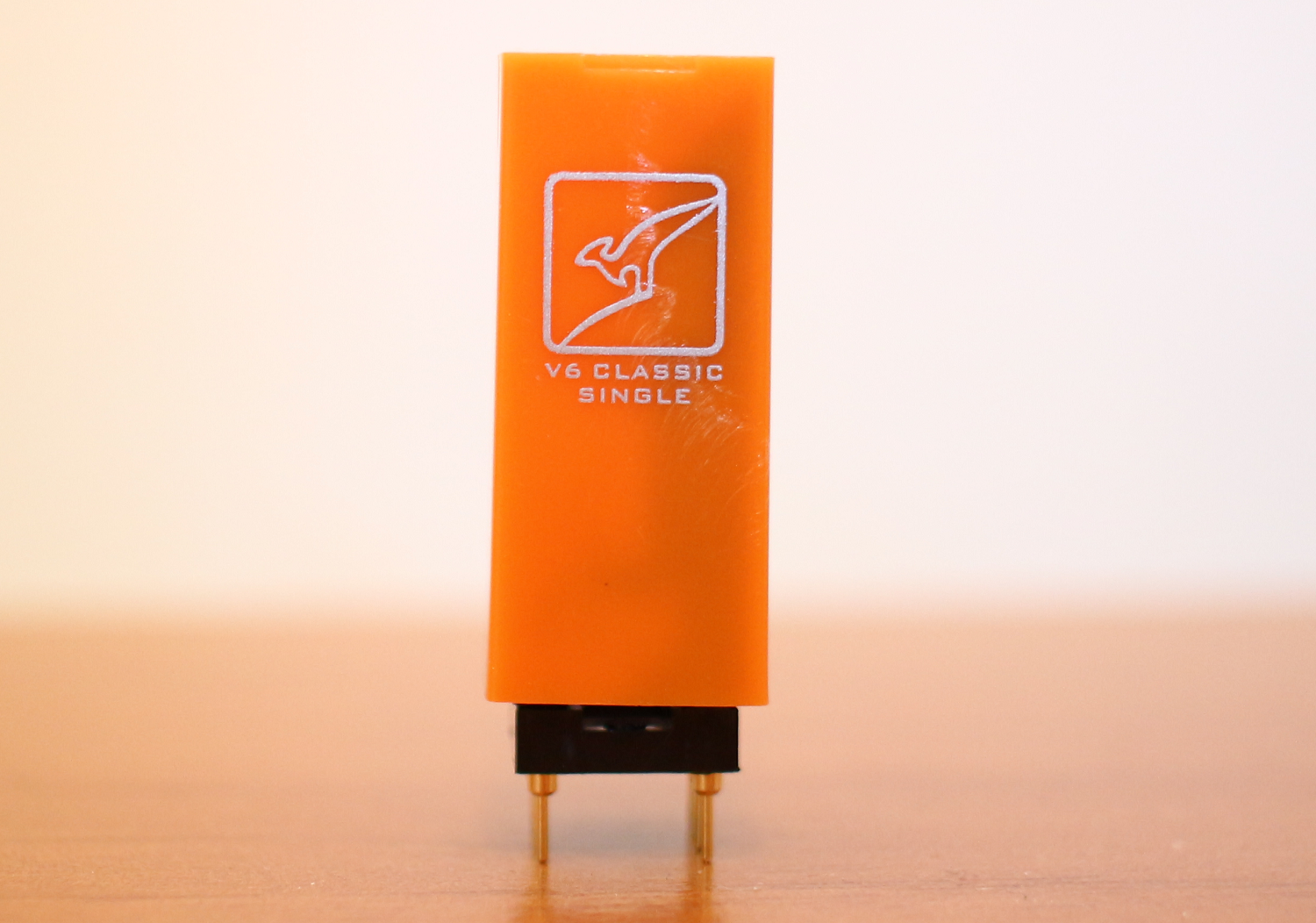
Next on the test bench came the V6 Classics. To better evaluate them I listened to full albums on NE5543 first, later on V6 Vivids and latest on V6 Classics.
On the very first listen of a live recording I spotted a wider sound, there is a bigger space between the notes, between the singers and the crowd, it’s like I have an easier task to hear what’s going on and more time to evaluate every note. To me V6 Classics have the widest soundstage of the bunch it is really something special with the right music. V6 Classic has also a somewhat longer decay of notes (vs Vivids) but not too long as it is the case with NE5543.
On faster electronica notes are not sounding hysterical at all, bass notes are not as deep this time around and chest thumping bass is spotted not as often. Bass quantity and quality stays somewhere between V6 Vivid and NE5543. Its very good but not overdone, nor too thin, just the right amount.
Midrange performance is where things are more interesting in my opinion. Voices are literally reaching to your soul and offers more body to the listener, it’s a very life like presentation. There is a bigger presence in this region compared to other op-amps.
In my opinion midrange performance together with a wider stage is where the V6 classic shines and shows all its glory.
Overall V6 Classics have a warmer sound signature but in a good way, by that I mean that treble quality is not affected as is the case on the NE5543.
Speaking about the treble I can say it is mellower compared to V6 Vivid but clearer compared to NE5543. There is no sign of brightness whatsoever, in this regard V6 Classic have a more natural and easy-going presentation. It is quite difficult deciding which one I prefer but I give a slight edge to V6 Vivid just because of an overall clearer presentation and a faster transient response.
NE5543
What can I say, in some devices those can really suck, in other ones they can really shine. They do sound more than good in the Burson Fun in the Basic form, that actually shows how much time Burson invested in making that combination sounding good.
However, Burson Fun together with any of the V6 op-amps is completely in another league. Just few seconds are needed to realize that V6 improve a lot of things, not only the frequency response, much more than that.
Conclusion
If you already own a capable DAC or headphone amp that uses socketed op-amps I would definitely recommend trying out the V6 series of op-amps from Burson. It’s hard going wrong with any of them. If you want deep reaching and hard-hitting bass with an obscene levels of micro-detail and great depth, then V6 Vivid would be your best bet. Do you listen to a lot of classical music, lounge, jazz, smooth and relaxing tunes, love a wide spread soundstage and hate brightness? Then V6 Classic is what will make you smile.
I for one will stick with V6 Vivid and will soon fire another album. Cheers mates!
V6 VIVID
PROS:
PROS:


When I was testing the Burson Fun I quickly realized that it’s among the best sub 500 USD headphone amp I have ever tested. I think Burson Audio really nailed everything about that one, it has power to spare, a strong control over the headphone drivers, it has very low noise with sensitive IEMs and most importantly sounds technical and musical in the same time.
To think that all of that was achieved with two NE5543 op-amps it is almost unbelievable. I say this because NE55xx are really not special at all. I heard them multiple times and spotted them in about every lower tier CD players and DACs but they never really caught my attention. Most of the time they sound dull and muddy, putting a big emphasis on warm notes but really lacking in leading edges of the musical notes.
In its stock form Burson Fun Basic sounds really good but only knowing that it can sound even better than that with a better set of op-amps can really make your nights longer and your sleep time shorter.
Enter Burson Audio own all discrete V6 set of op-amps in Single and Dual variations. It’s V6 because they are already at the 6th revision this time around supporting a wider voltage input and having overall better specs compared to its predecessors.
Burson offers two versions of V6 op-amps: V6 Vivid and V6 Classic (both in single and dual variations).

What is so special about them?
So what exactly was improved compared to older generations, do we really need a new revision?
Almost everything inside was retuned, updated and improved: a new enclosure was used with a good ventilation on top (older generations didn’t have that) to better dissipate heat (my older Matrix HPA-3B cooked op-amps faster than a frying pan!), there is also now a reversed power protection circuit, 0.5% tolerance metal film resistors are now being used and both input and output stages are now using hand matched FET transistors. Quite an upgrade isn’t it?
Burson Audio dedicated much love and passion into making them that they are offering lifetime warranty for every op-amp that leaves the factory, that’s über cool!
Of course, none of the above will matter if V6 will sound bad so let’s make some serious listening sessions and compare both to the NE5543.
Sound impressions
V6 Vivid

V6 Vivids came first, swapping them is actually easier than expected. I used the Burson Fun for the listening tests and comparisons connected to a Matrix X-Sabre PRO DAC fed by a high quality X-SPDIF 2 interface.
I swapped both NE5543 with two single V6 Vivids and started listening to almost anything that came up on the Tidal playlist.
After first few seconds I realized I am dealing with a clearer and a faster sound. I’m more of a rock listener and I always crave for a faster transient response with harder hitting notes and to a clean as possible presentation.
Funny thing is that V6 Vivid sounds exactly like that but let’s go deeper in the rabbit hole. Sennheiser HD660S that I am using right now are not among the fastest headphones and sometimes I really miss my former Audeze LCD-4 for their lightning speed and impact.
With V6 Vivids, HD660S are sounding clearly faster, the edges of the notes are also somehow clearer and sharper, guitar strings have a clearer leading edge and vibrate with more life this time around.
Bass notes not only hitting me harder but they also delve deeper into the mix. Try some Infected Mushroom or Chemical Brothers with a set of V6 Vivids and the smile on your face is guaranteed. Bass lovers will really appreciate what Vivids can deliver. The best part? Bass not only is faster and deeper but it is clearer, easier to spot in small passages and does not overshadow other notes. It’s clear, crisp, fast and deep.
Midrange performance was improved as well but not in such a big way. Overall voices are sounding clearer and more defined. In time I also observed that vibration of the voices is not as long as with NE5543. On a closer inspection I realized NE5543 is making all the voices and string instruments sound longer having a slower decay. Depends on what you like, I’m personally not impressed by longer decays of any musical note (that is one of the reasons I am not a tube guy anymore).
NE5543 most of the time sounds like tube gear that is warm, a little dull, inviting but lacks micro-details, speed and impact.
V6 Vivid is almost like a total opposite of that, think of a vintage car VS a race car.
Other thing that caught my attention at a later stage is depth. To really appreciate depth, I fired some live recordings where it’s easier to spot changes in the soundstage width and depth. To me Vivids sound deeper and an imaginary wall is being hit at a later time compared to NE5543. Soundstage width on the other hand is almost identical between the two. It’s pretty wide and well spread, nothing more, nothing less. In my opinion V6 Vivid has a great depth and a good well spread soundstage (but not the widest).
V6 Classic

Next on the test bench came the V6 Classics. To better evaluate them I listened to full albums on NE5543 first, later on V6 Vivids and latest on V6 Classics.
On the very first listen of a live recording I spotted a wider sound, there is a bigger space between the notes, between the singers and the crowd, it’s like I have an easier task to hear what’s going on and more time to evaluate every note. To me V6 Classics have the widest soundstage of the bunch it is really something special with the right music. V6 Classic has also a somewhat longer decay of notes (vs Vivids) but not too long as it is the case with NE5543.
On faster electronica notes are not sounding hysterical at all, bass notes are not as deep this time around and chest thumping bass is spotted not as often. Bass quantity and quality stays somewhere between V6 Vivid and NE5543. Its very good but not overdone, nor too thin, just the right amount.
Midrange performance is where things are more interesting in my opinion. Voices are literally reaching to your soul and offers more body to the listener, it’s a very life like presentation. There is a bigger presence in this region compared to other op-amps.
In my opinion midrange performance together with a wider stage is where the V6 classic shines and shows all its glory.
Overall V6 Classics have a warmer sound signature but in a good way, by that I mean that treble quality is not affected as is the case on the NE5543.
Speaking about the treble I can say it is mellower compared to V6 Vivid but clearer compared to NE5543. There is no sign of brightness whatsoever, in this regard V6 Classic have a more natural and easy-going presentation. It is quite difficult deciding which one I prefer but I give a slight edge to V6 Vivid just because of an overall clearer presentation and a faster transient response.
NE5543
What can I say, in some devices those can really suck, in other ones they can really shine. They do sound more than good in the Burson Fun in the Basic form, that actually shows how much time Burson invested in making that combination sounding good.
However, Burson Fun together with any of the V6 op-amps is completely in another league. Just few seconds are needed to realize that V6 improve a lot of things, not only the frequency response, much more than that.
Conclusion
If you already own a capable DAC or headphone amp that uses socketed op-amps I would definitely recommend trying out the V6 series of op-amps from Burson. It’s hard going wrong with any of them. If you want deep reaching and hard-hitting bass with an obscene levels of micro-detail and great depth, then V6 Vivid would be your best bet. Do you listen to a lot of classical music, lounge, jazz, smooth and relaxing tunes, love a wide spread soundstage and hate brightness? Then V6 Classic is what will make you smile.
I for one will stick with V6 Vivid and will soon fire another album. Cheers mates!
V6 VIVID
PROS:
- Great kick, speed and impact
- High level of transparency and airiness
- Big sense of power and control
- Deep reaching stage
- Sturdy and quality construction
- Good price for great performance
- Treble can be overdone sometimes
PROS:
- Natural sound with a great flow
- A very airy presentation
- Impressively wide soundstage
- Sturdy and quality construction
- Good price for great performance
- Slight sound coloration (Inverted-U frequency response)
- Headphones: Sennheiser HD660S, HD600, Momentum 2, FiiO FA7
- DAC: Matrix X-Sabre PRO with X-SPDIF 2
- Headphone Amplifiers: Burson Fun, HeadAmp Gilmore Lite Mk2
- Speakers: KEF LS50 Wireless



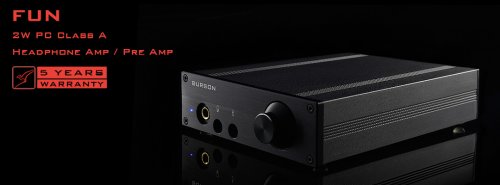
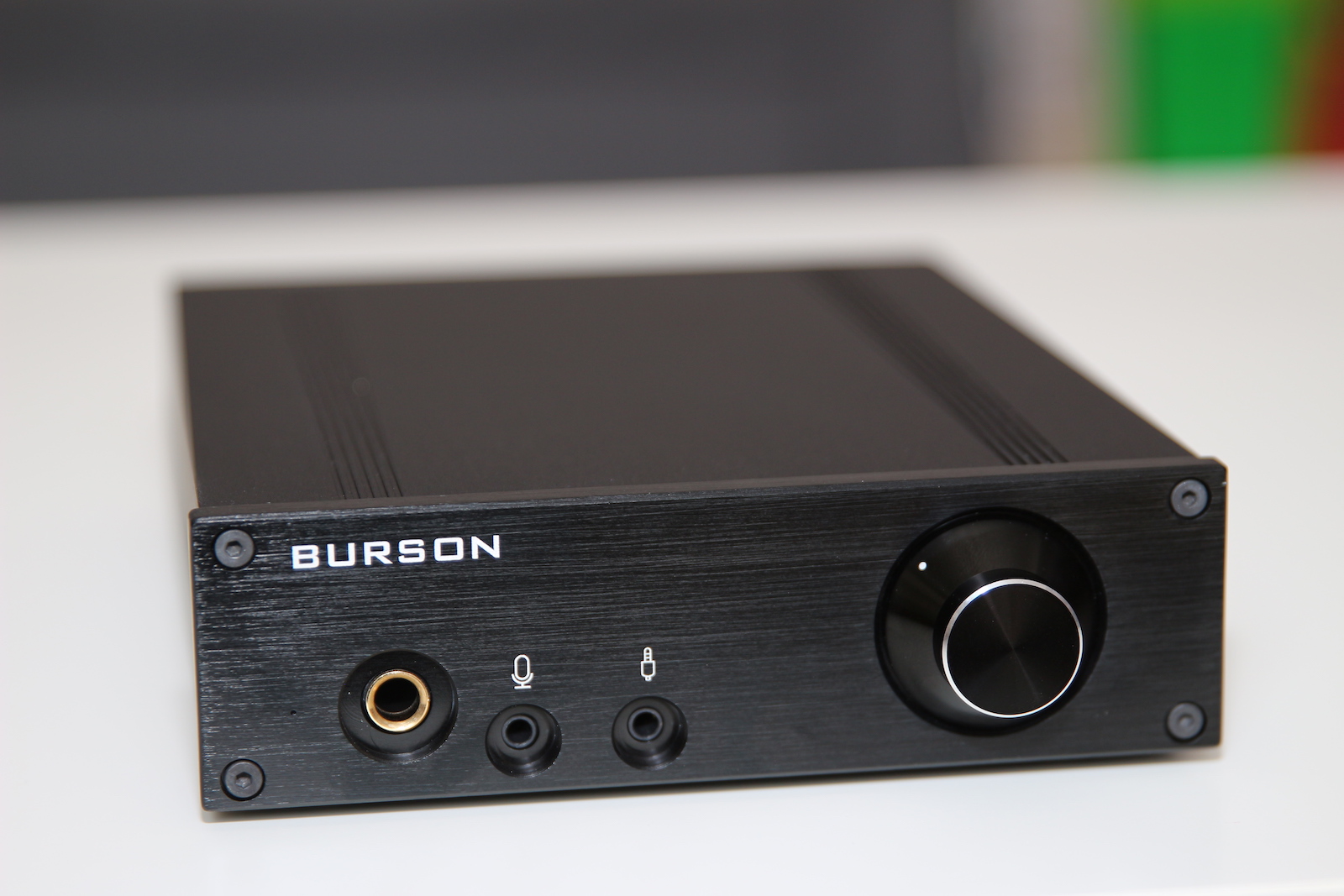
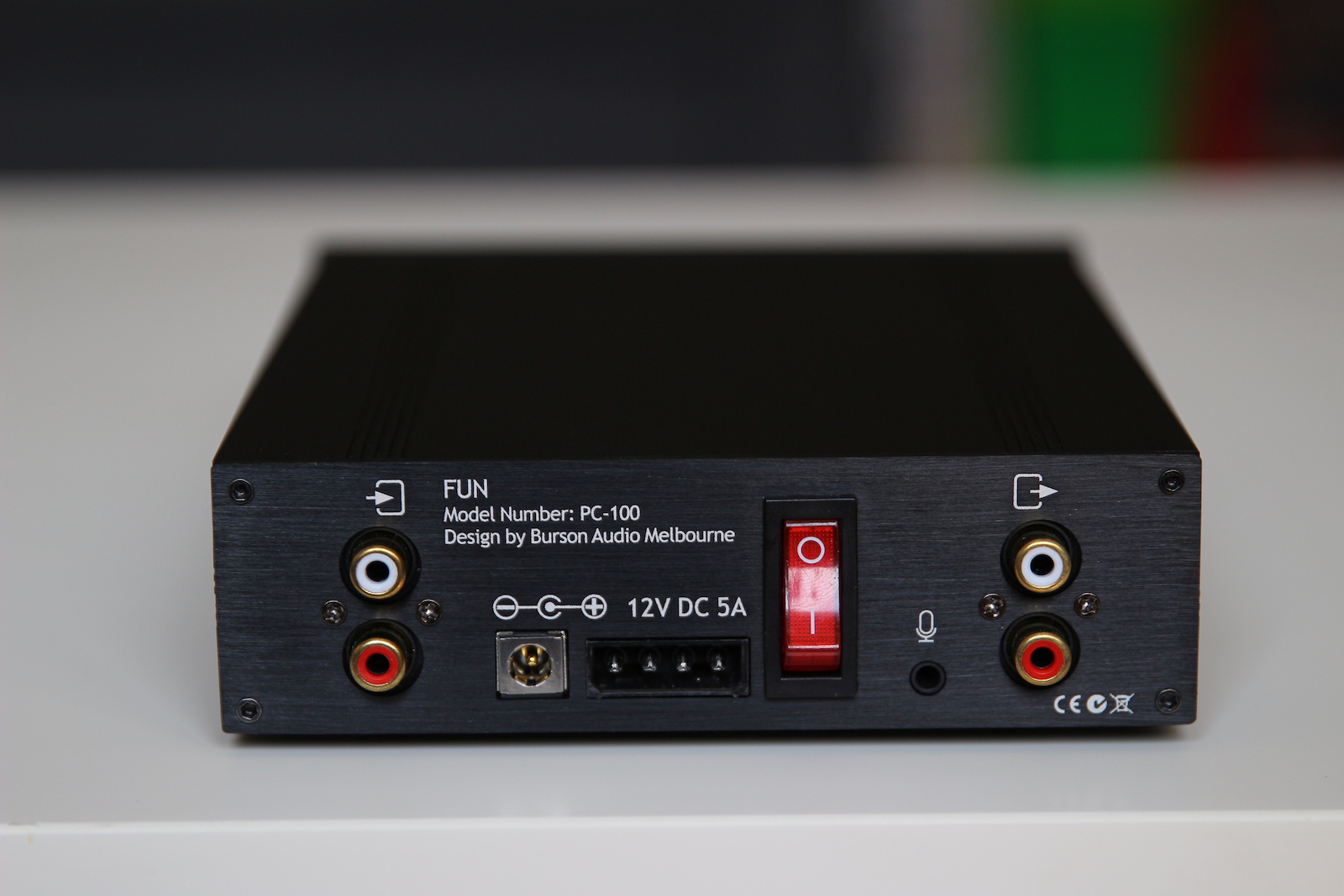

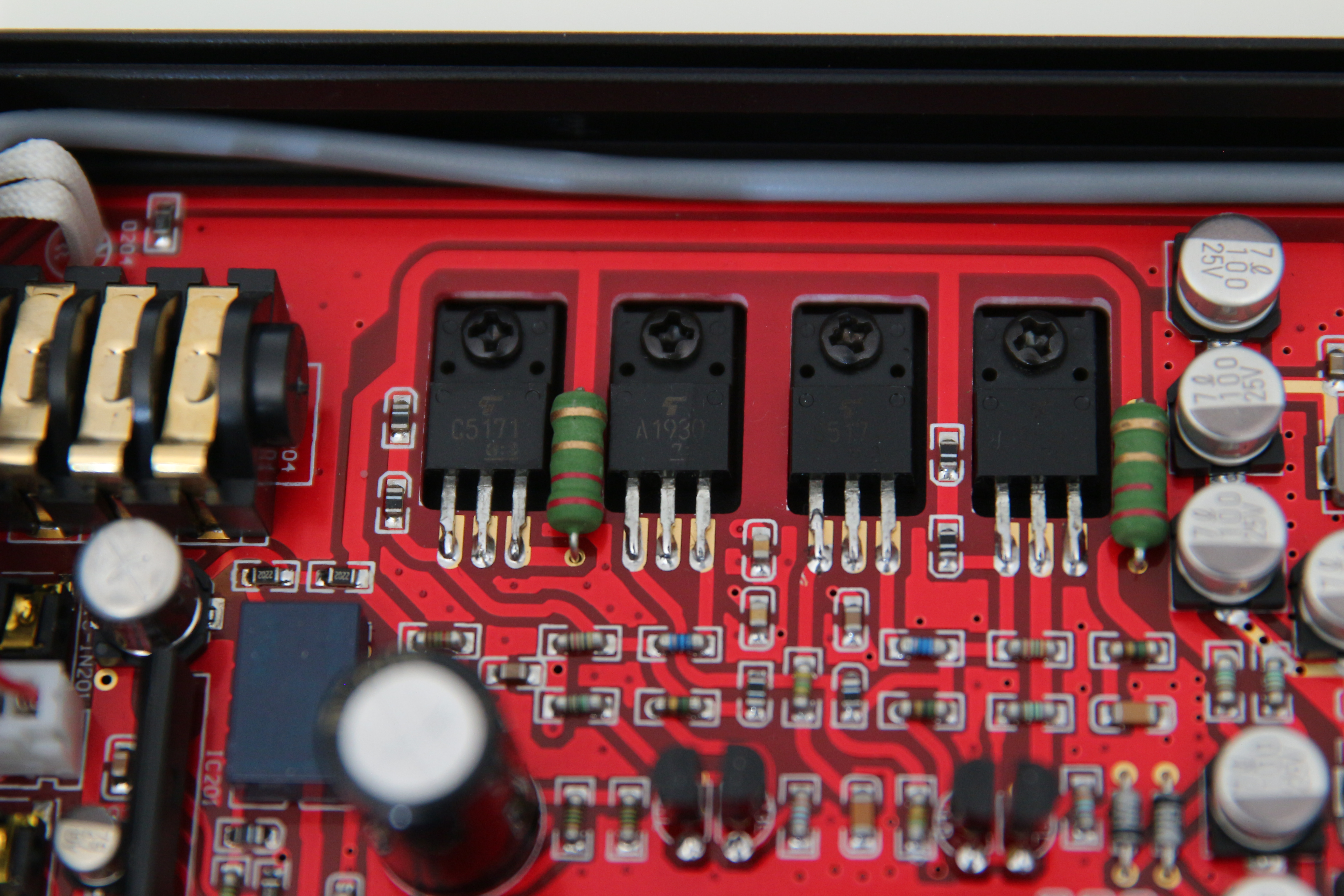

















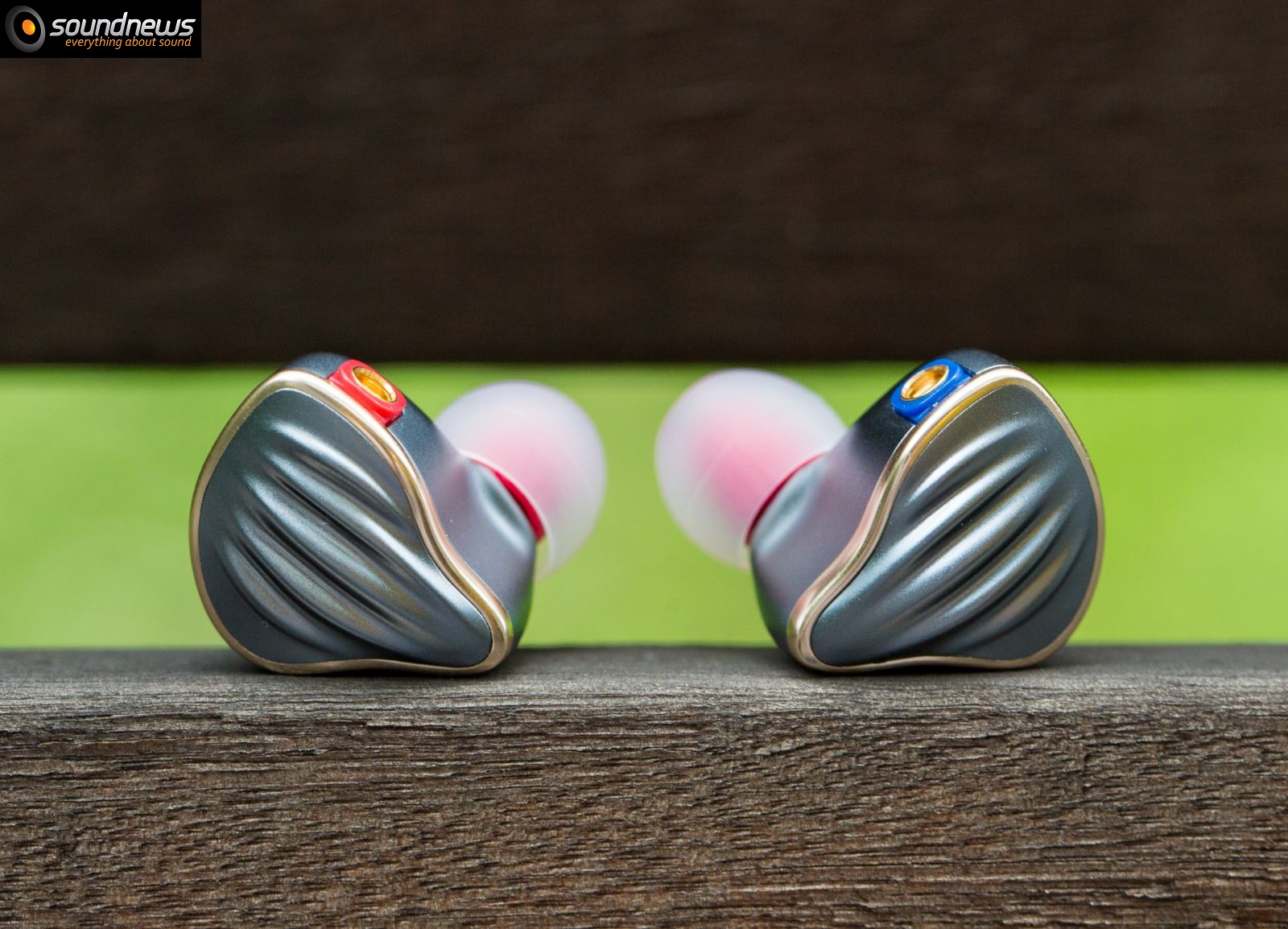
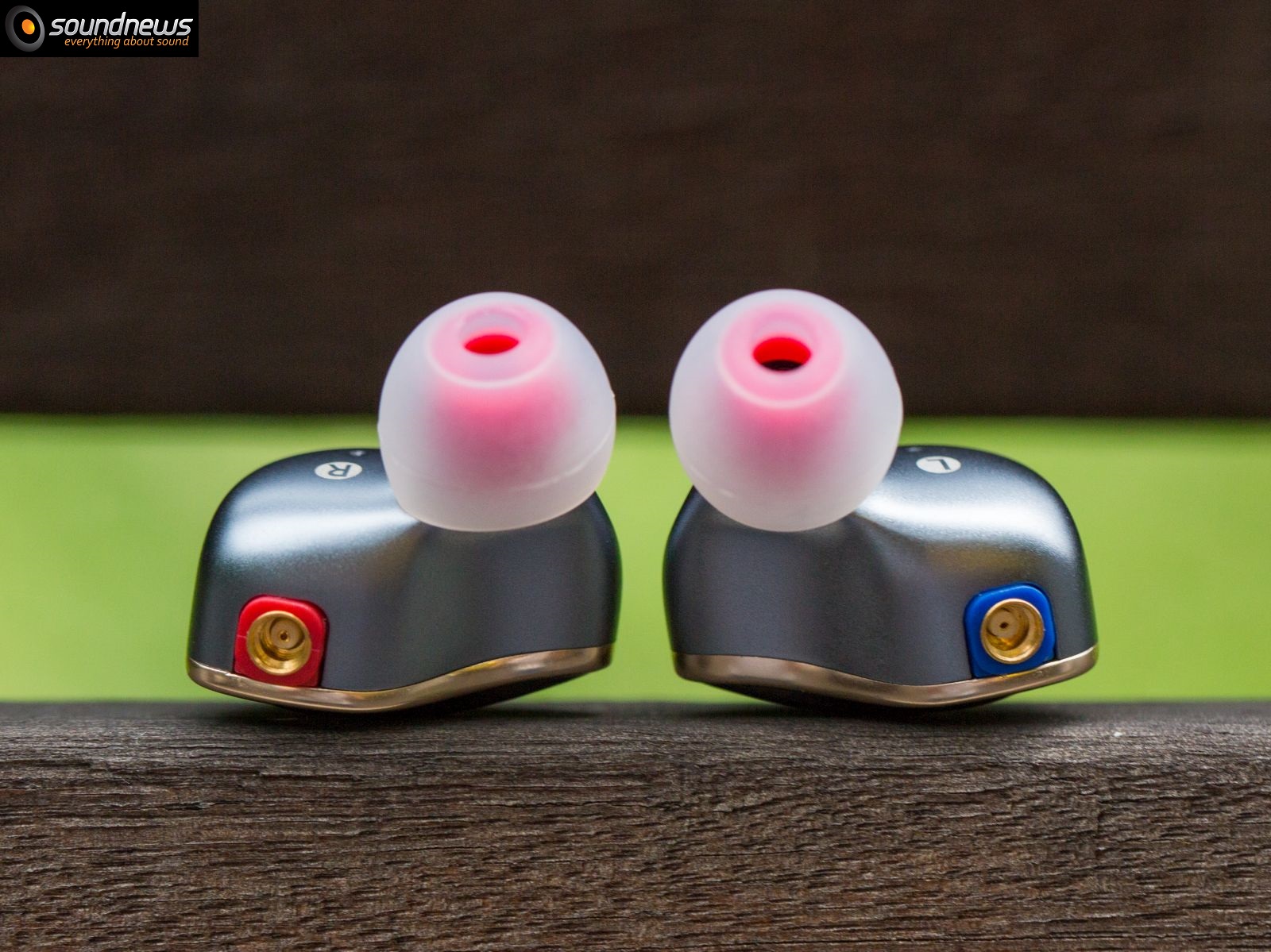
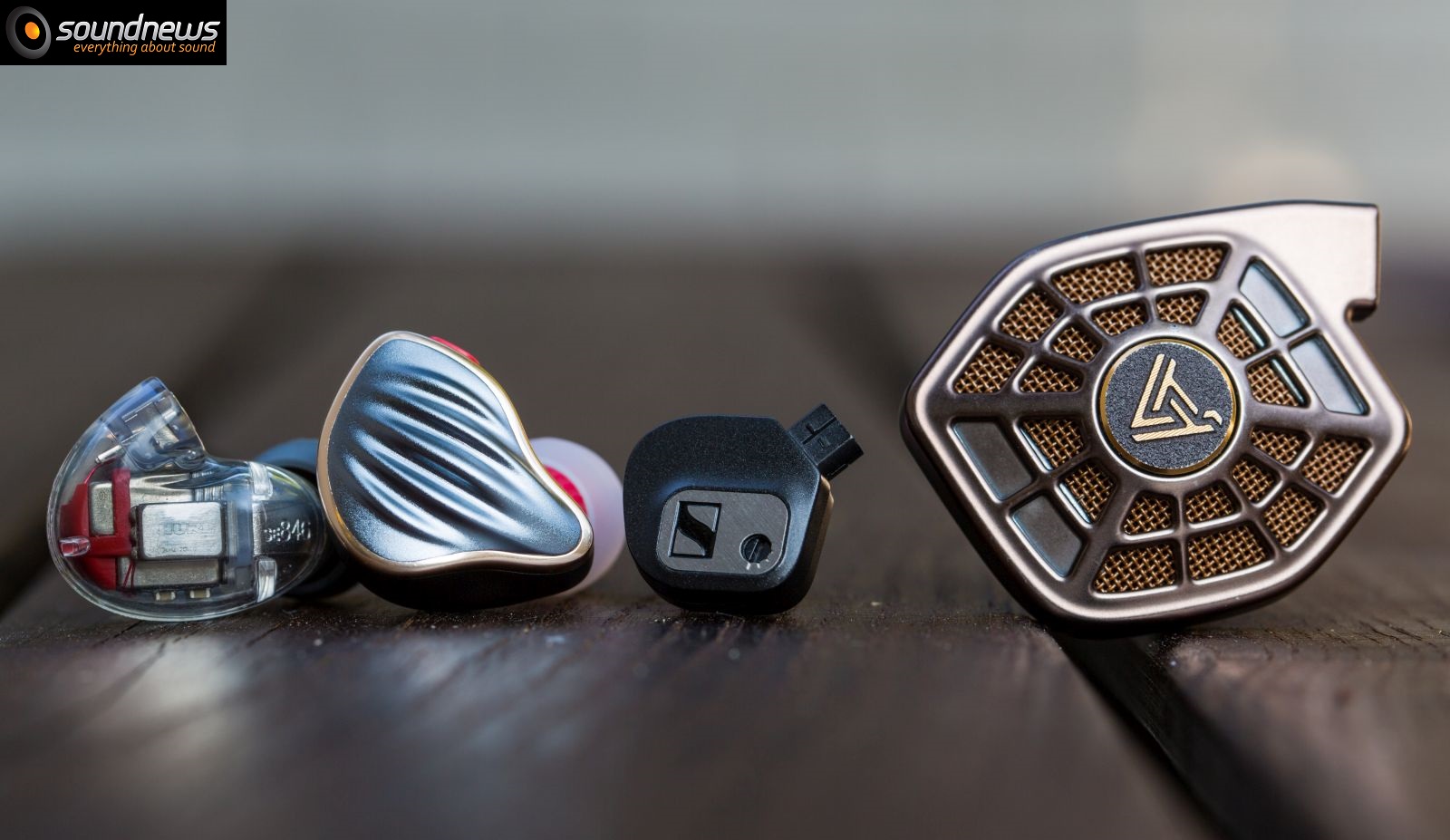
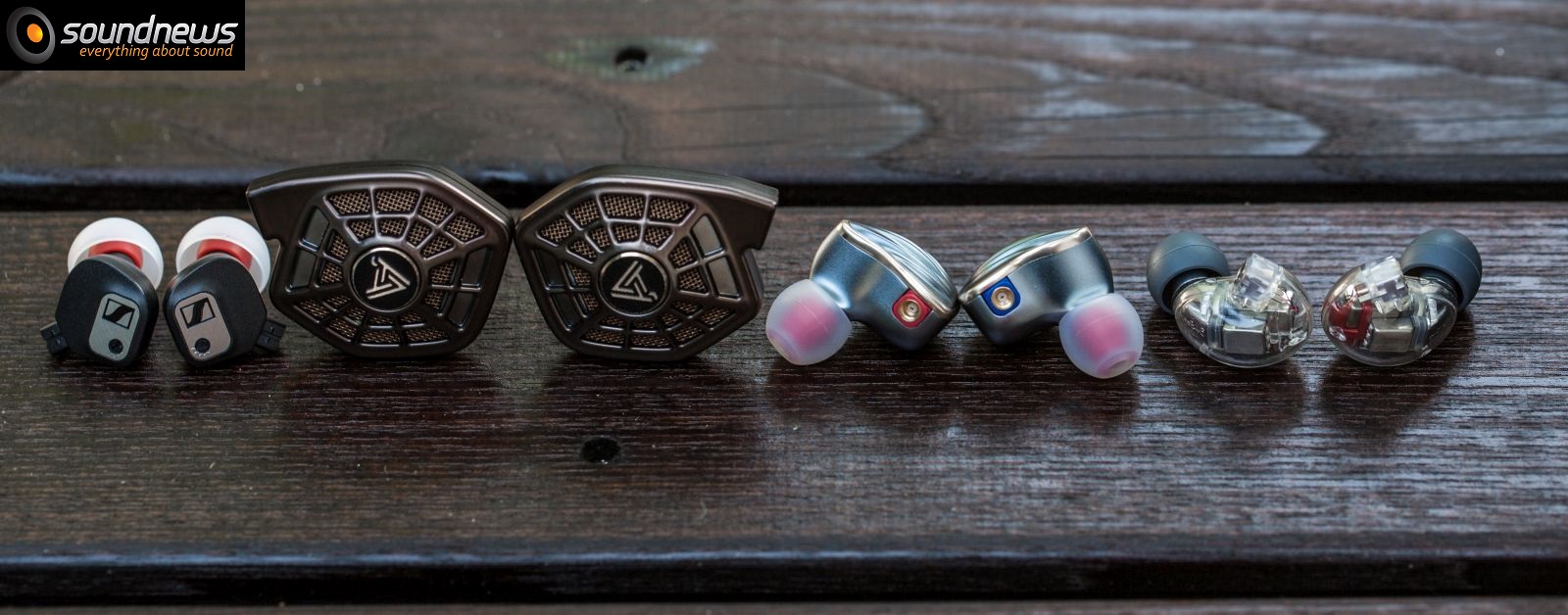

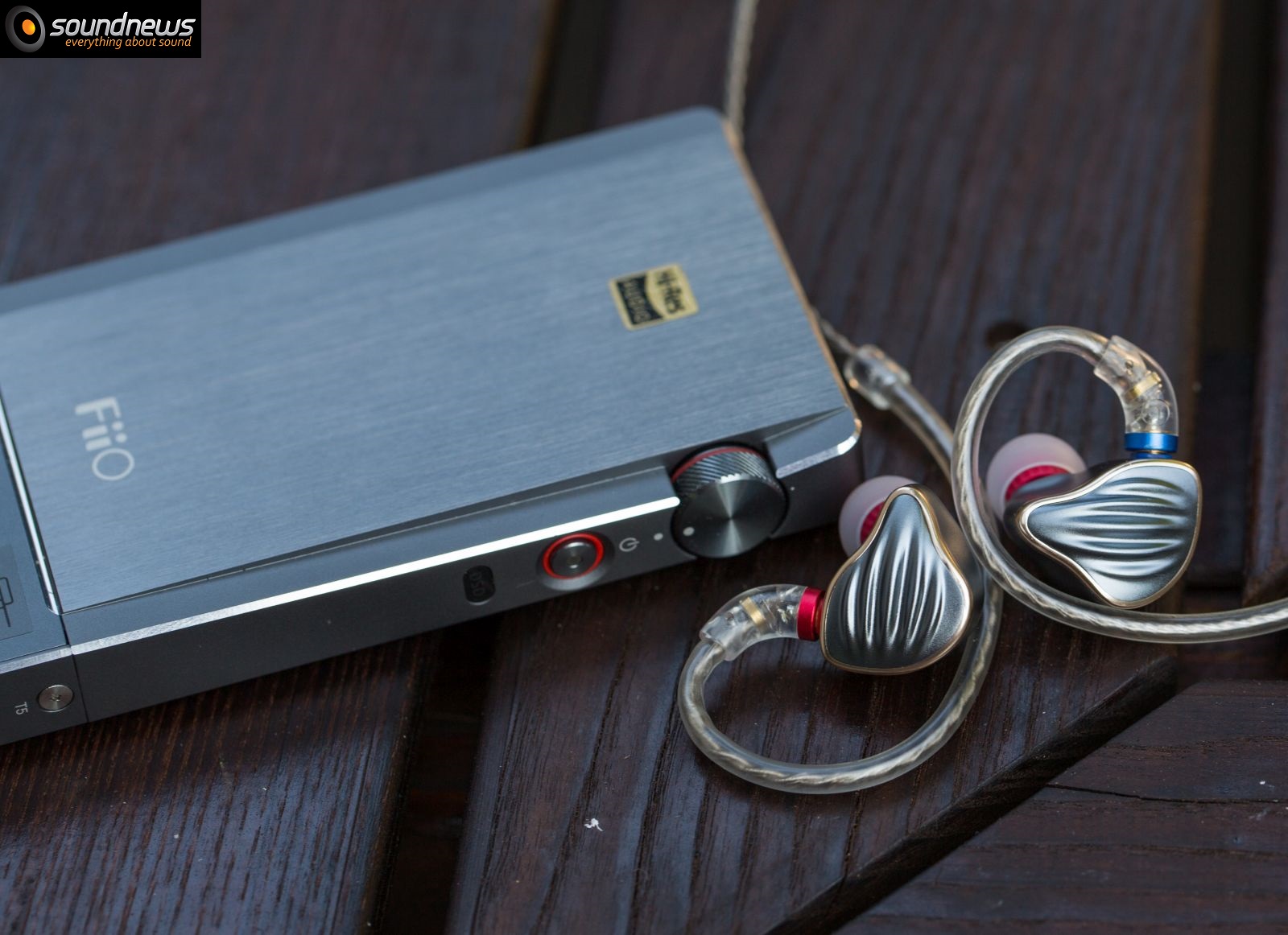
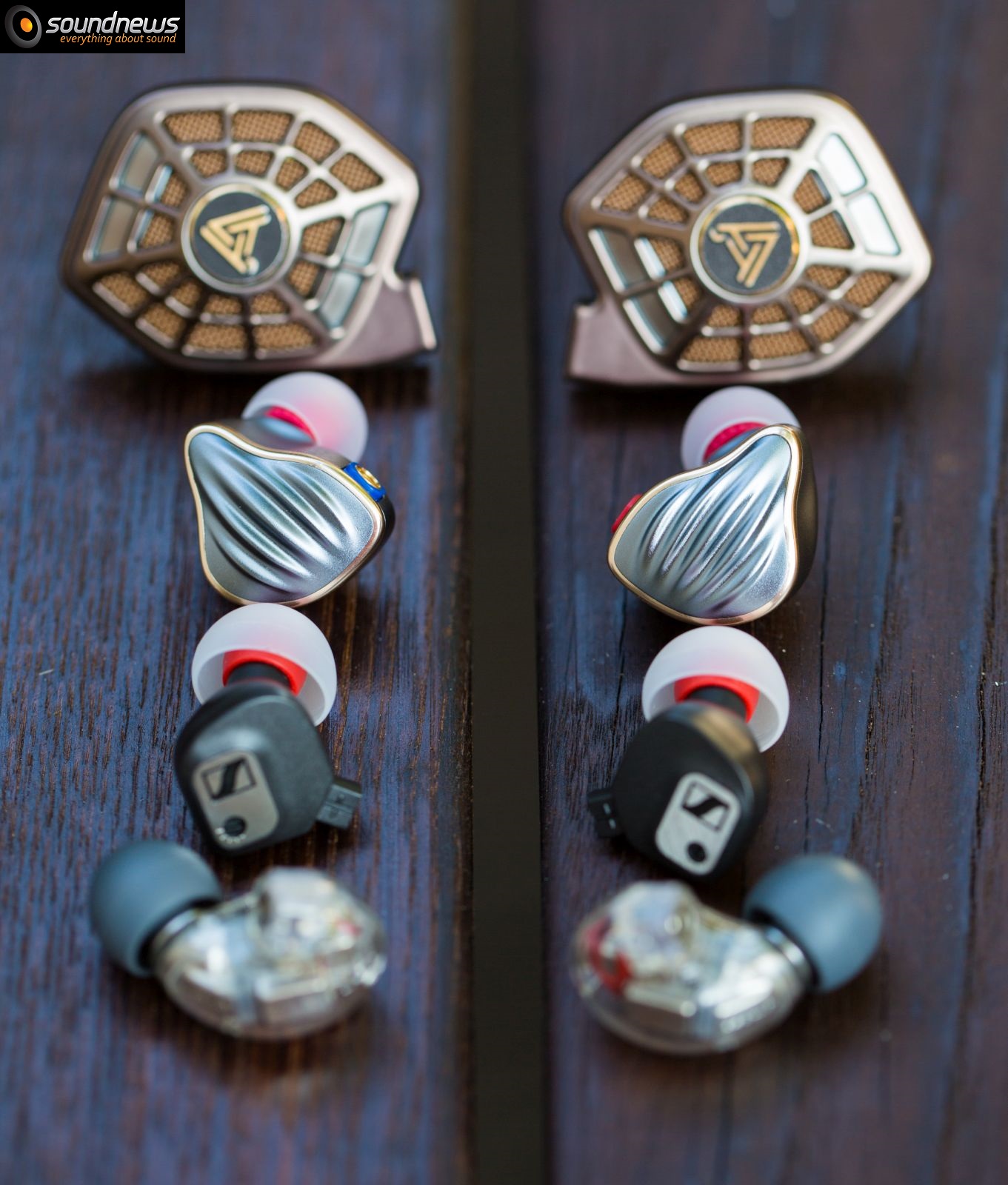
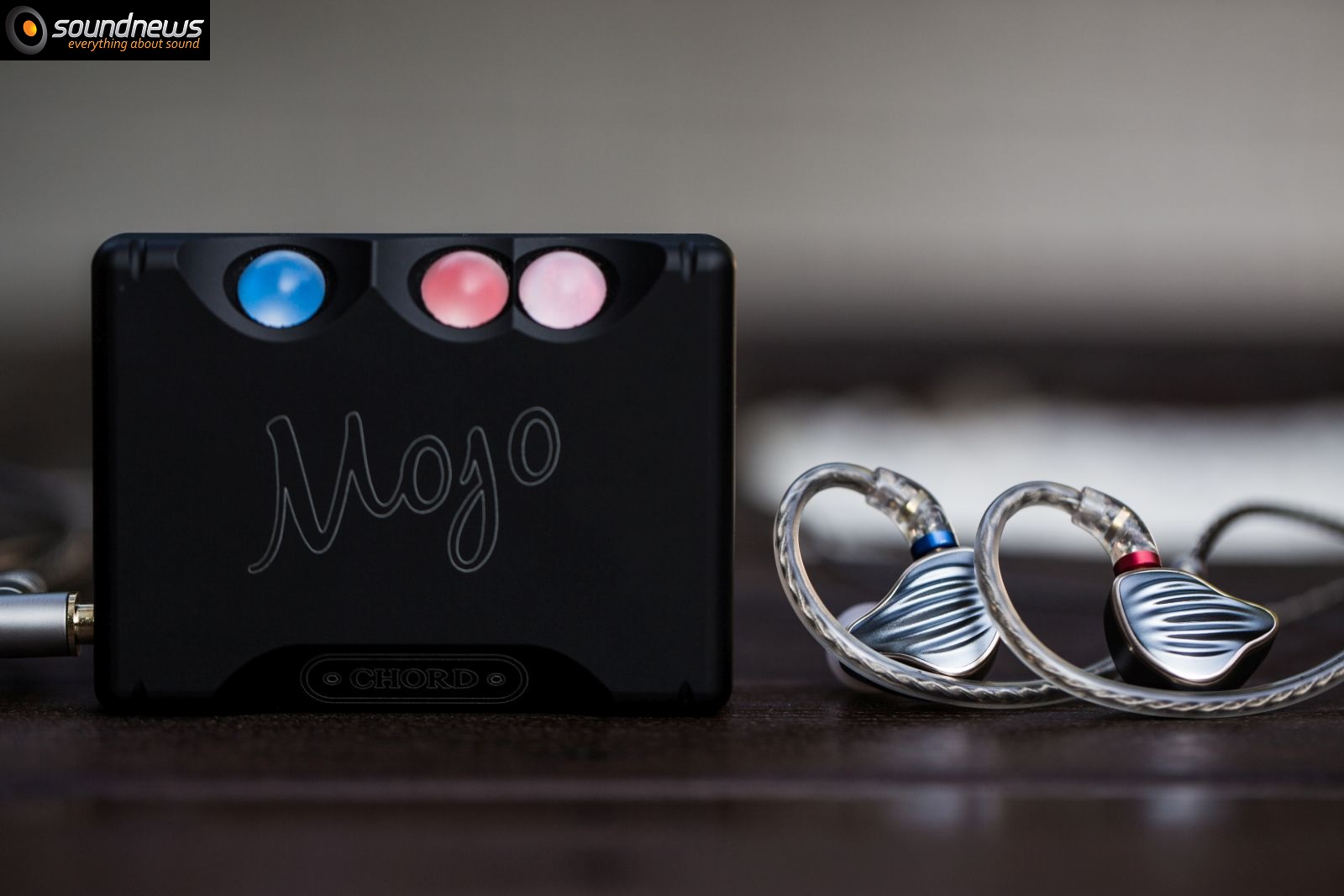



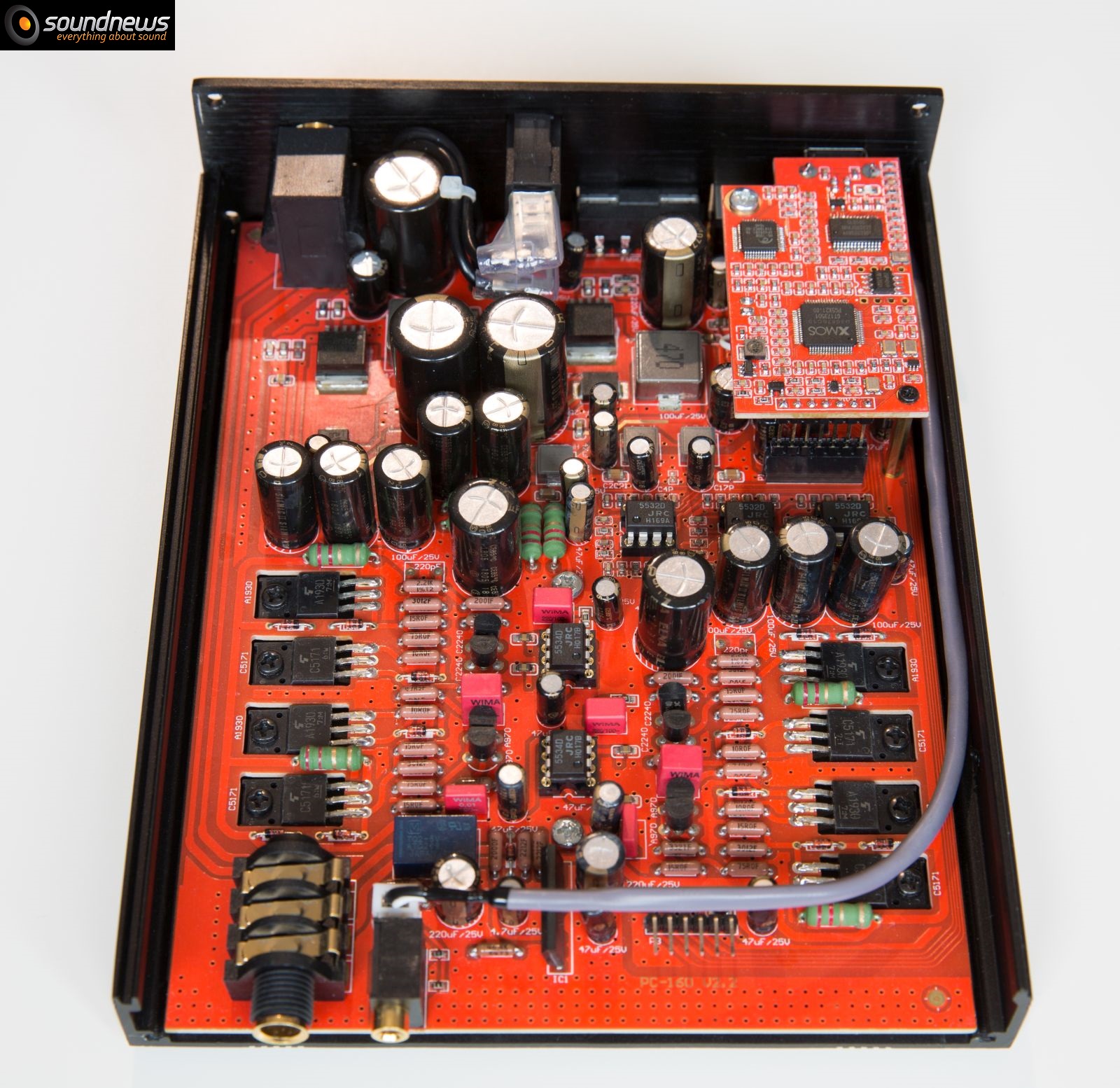
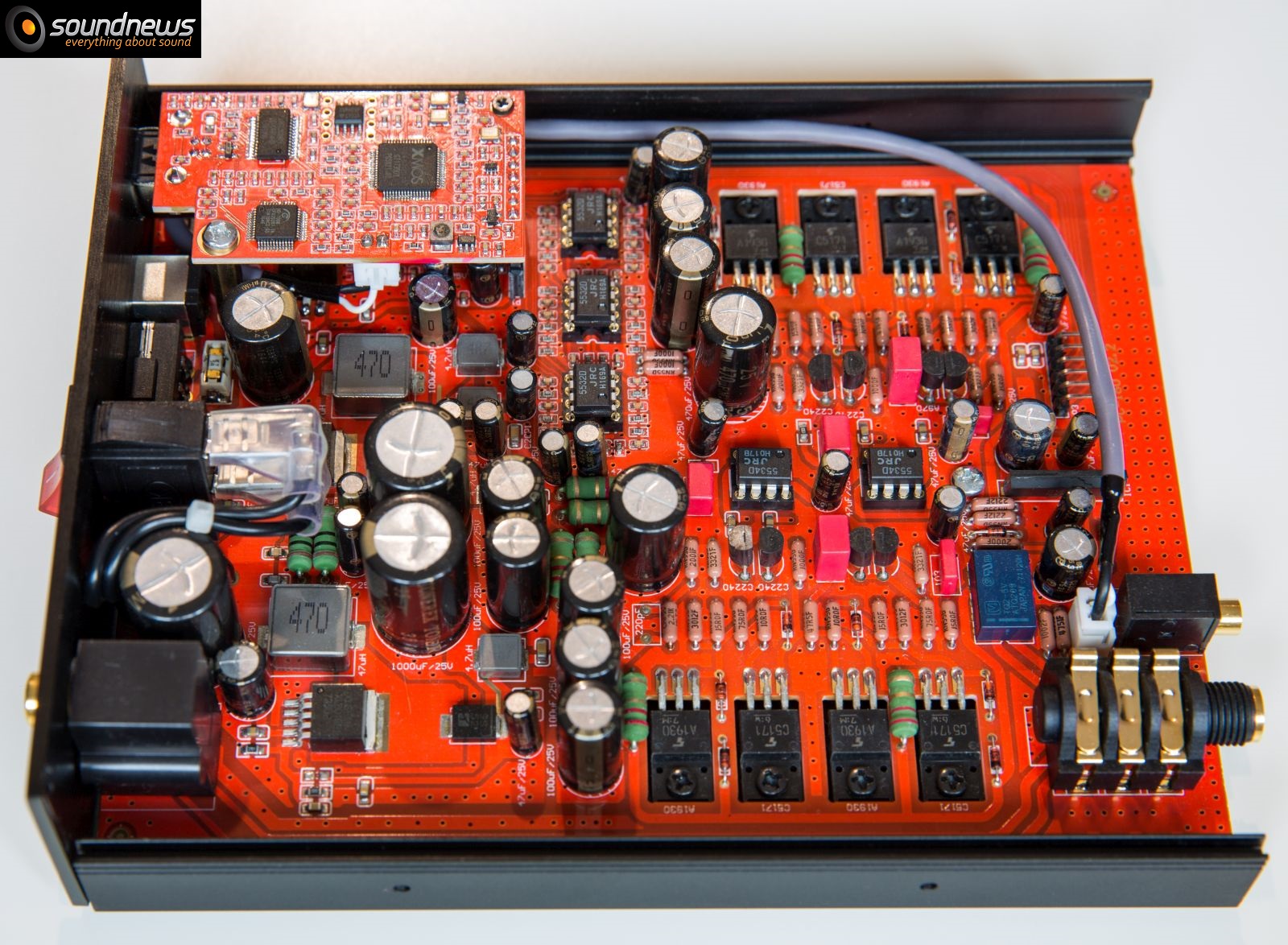
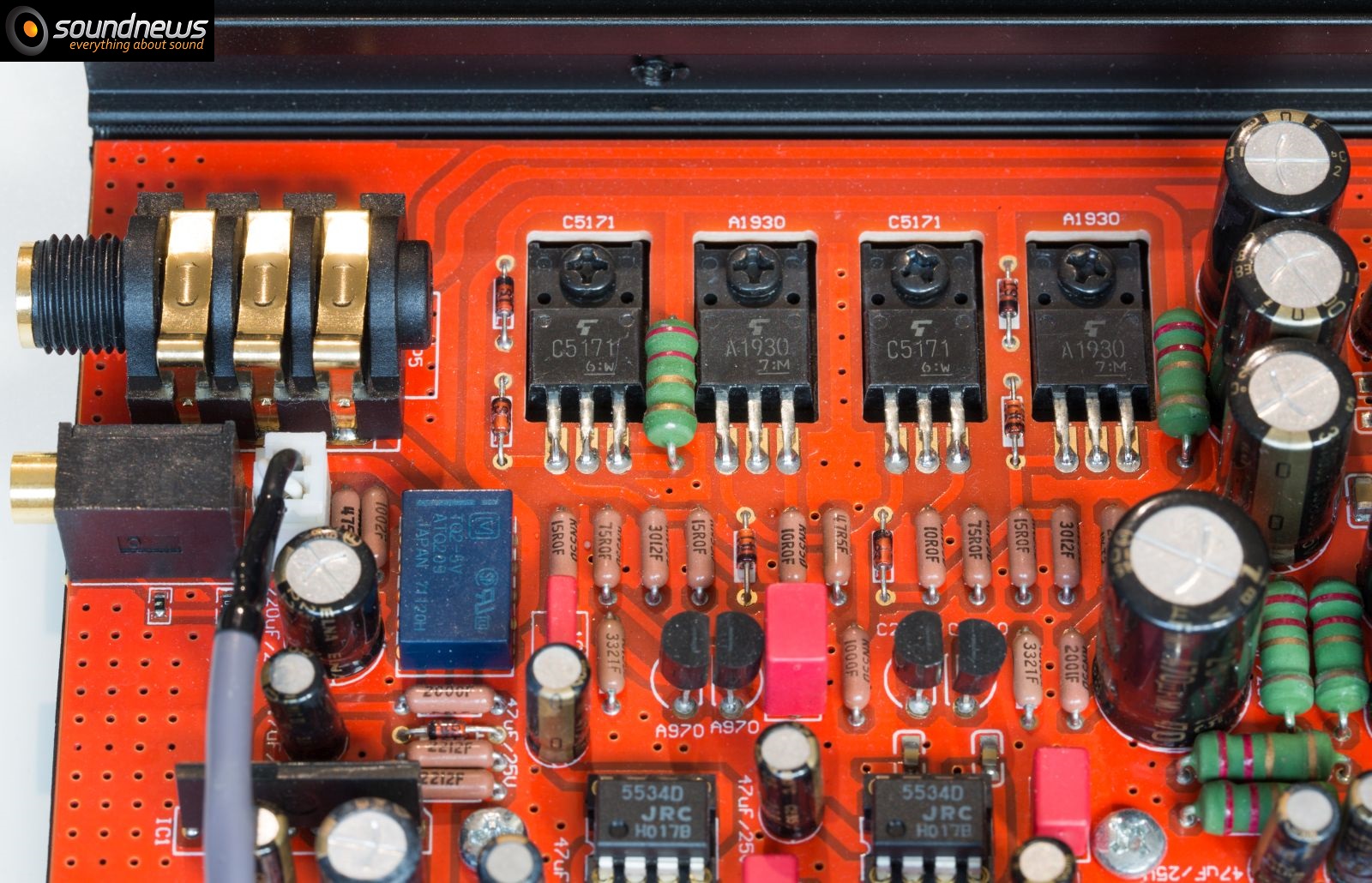
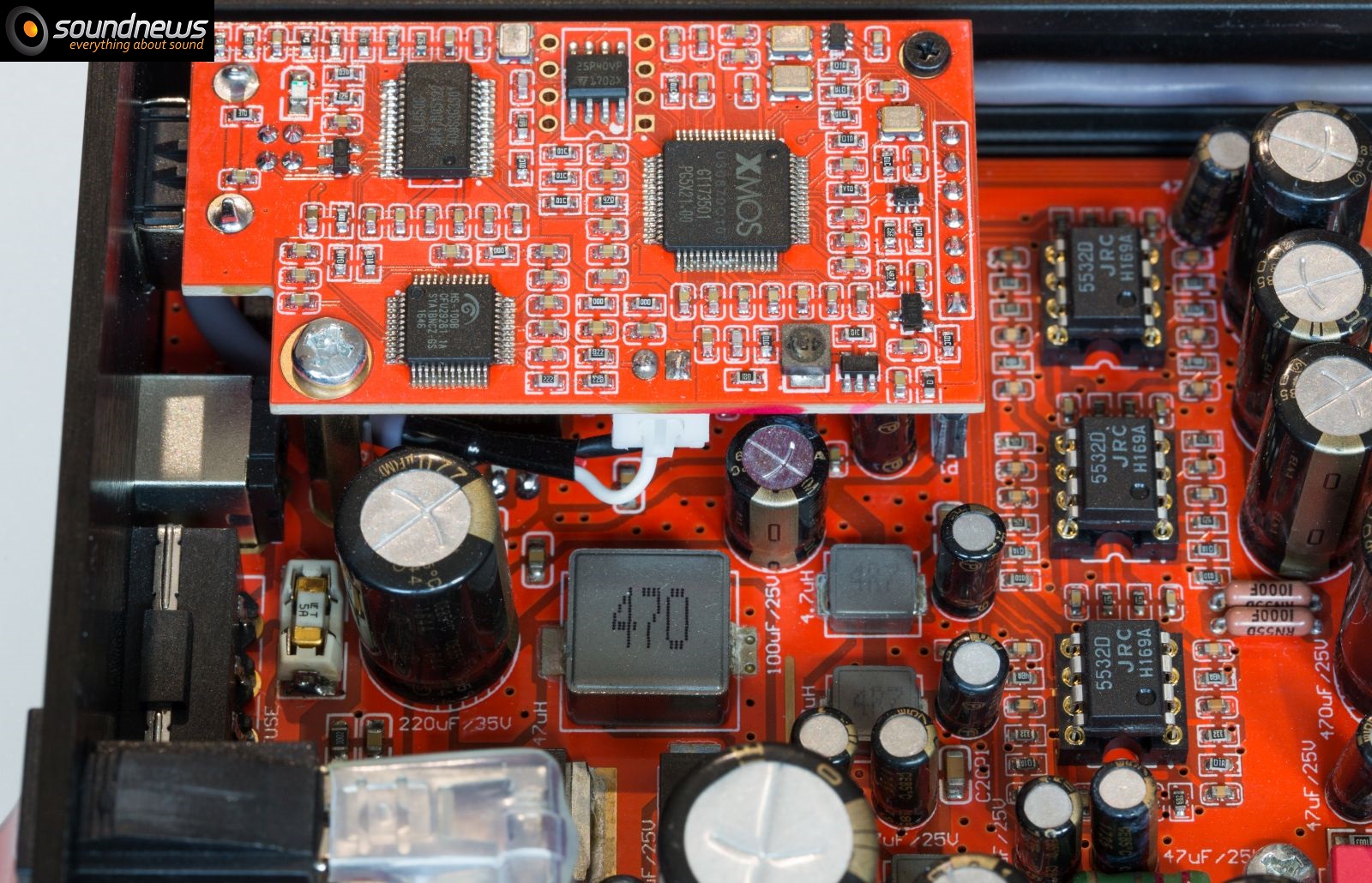
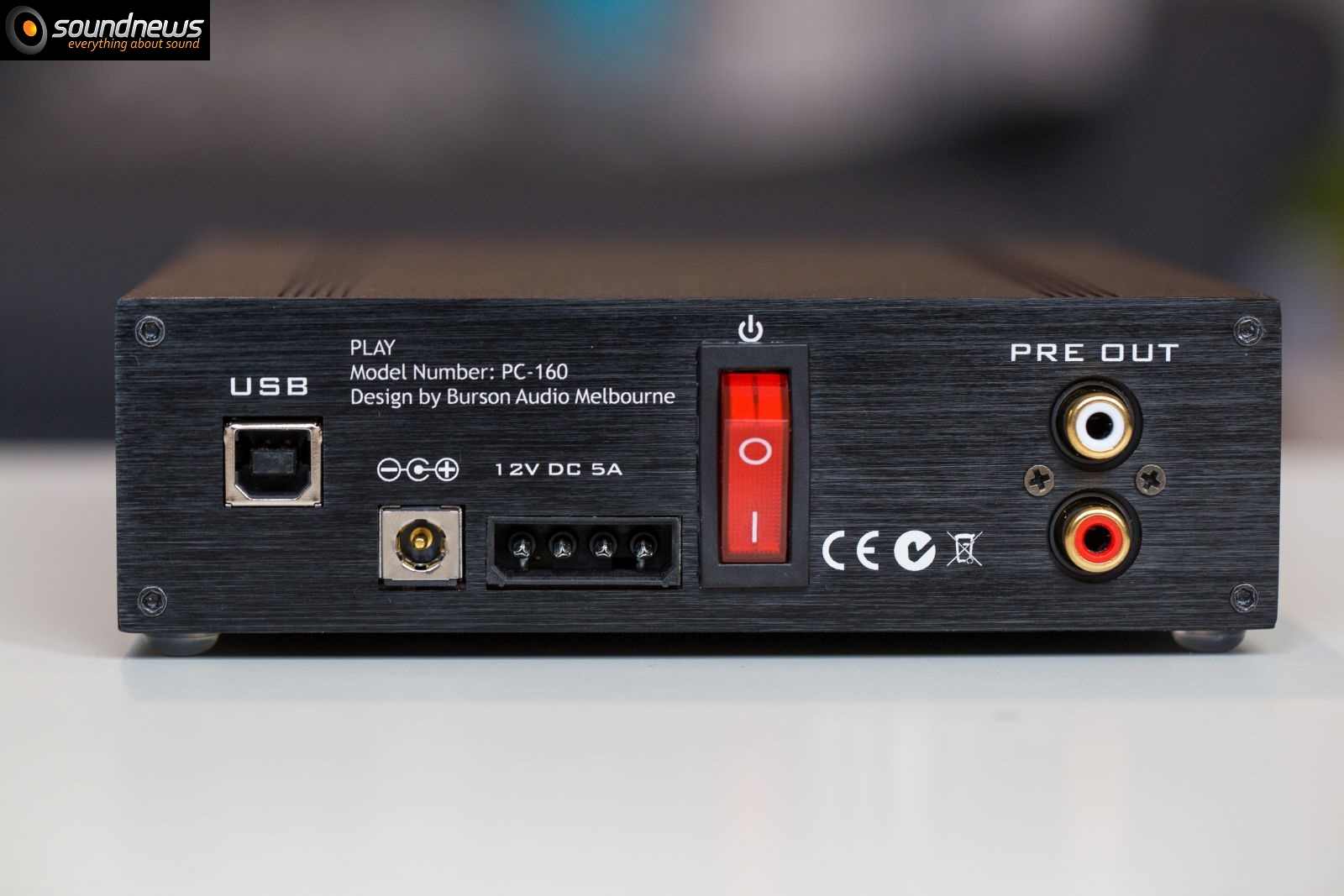
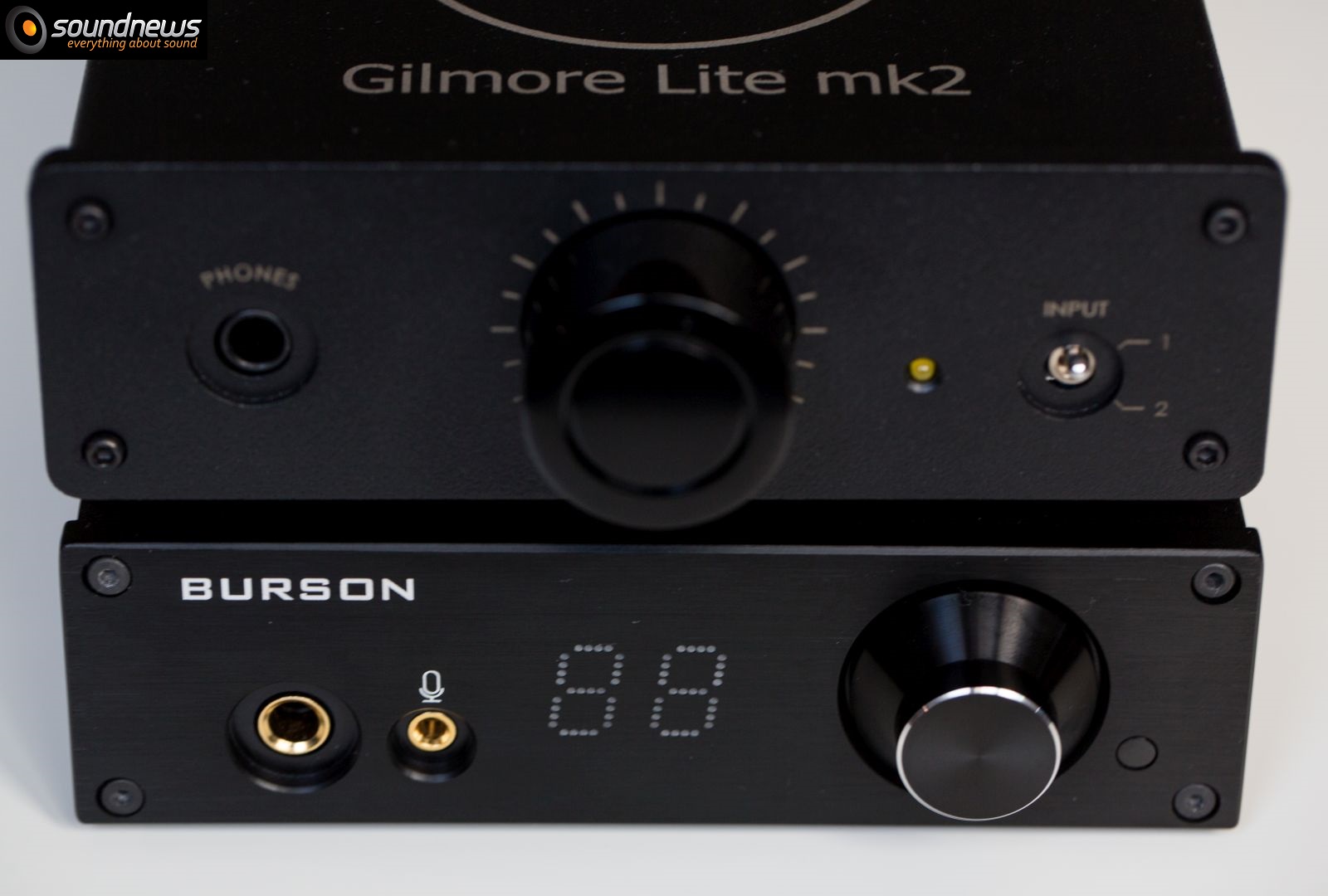
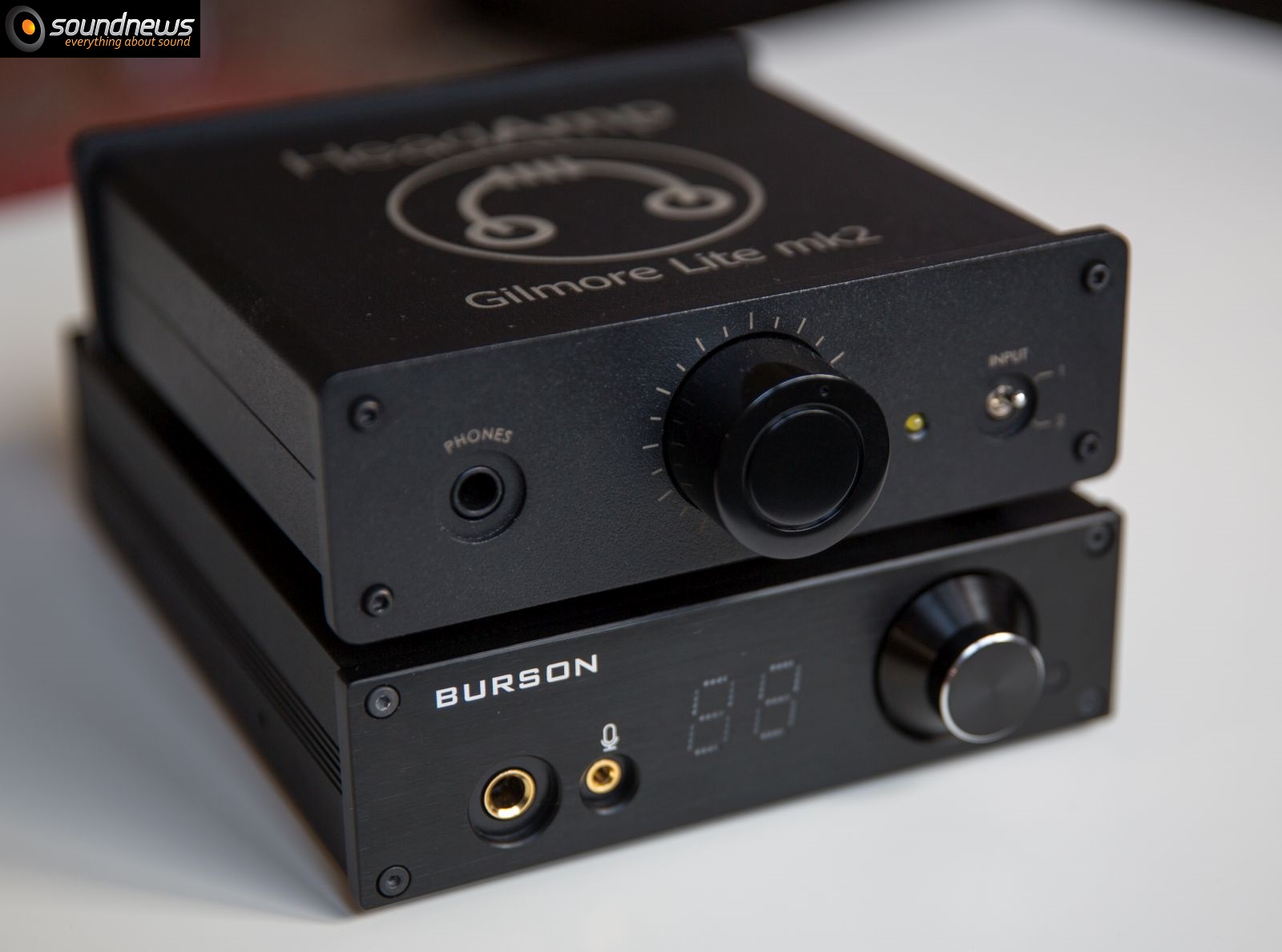
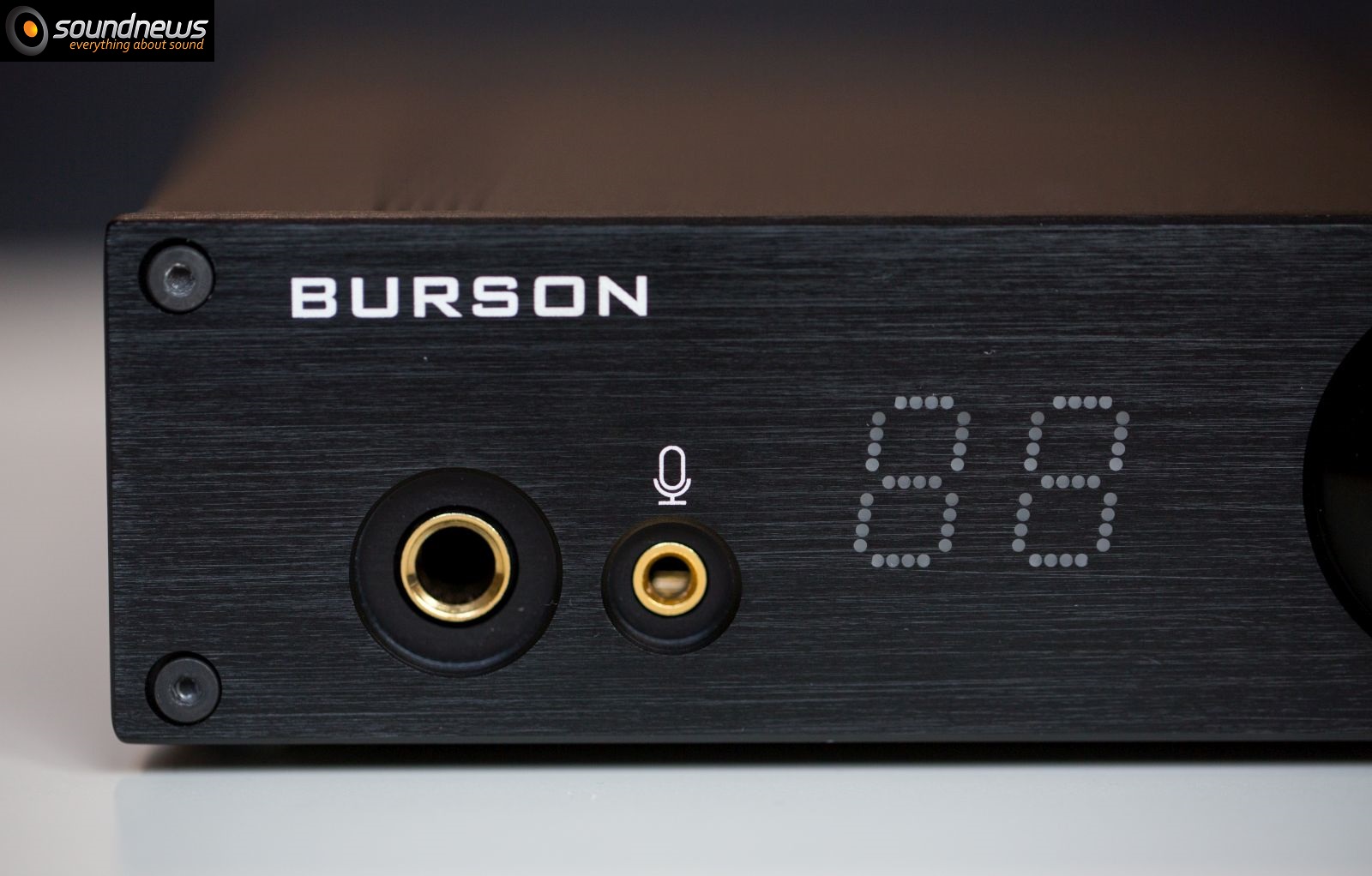


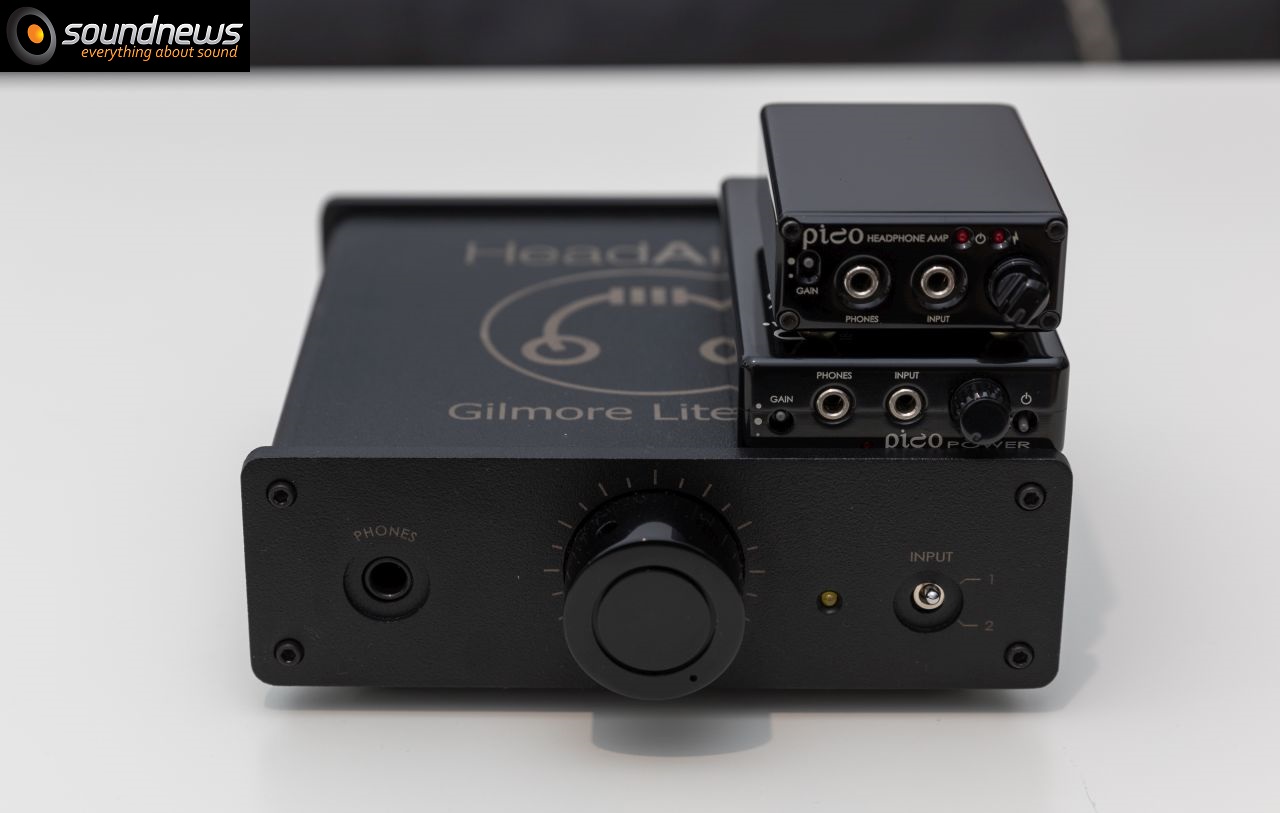
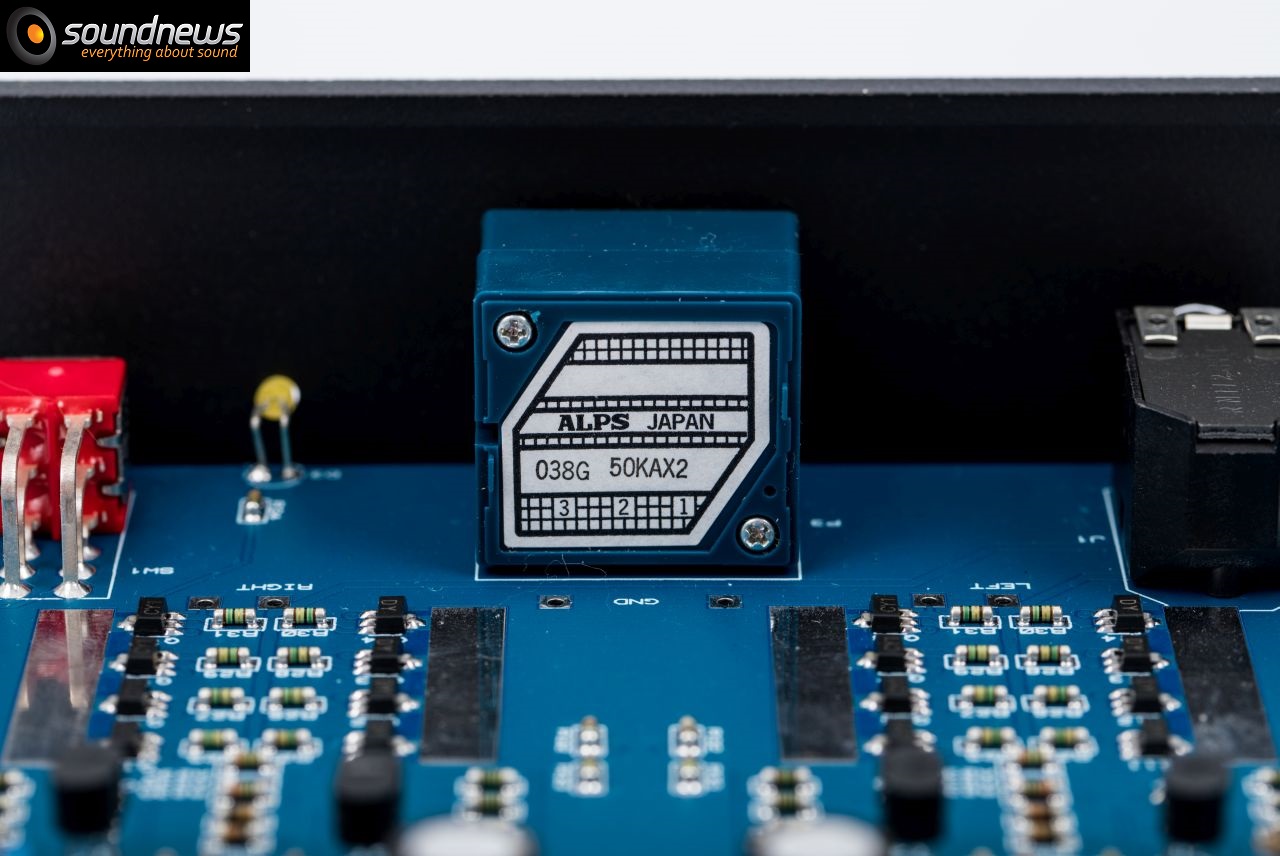
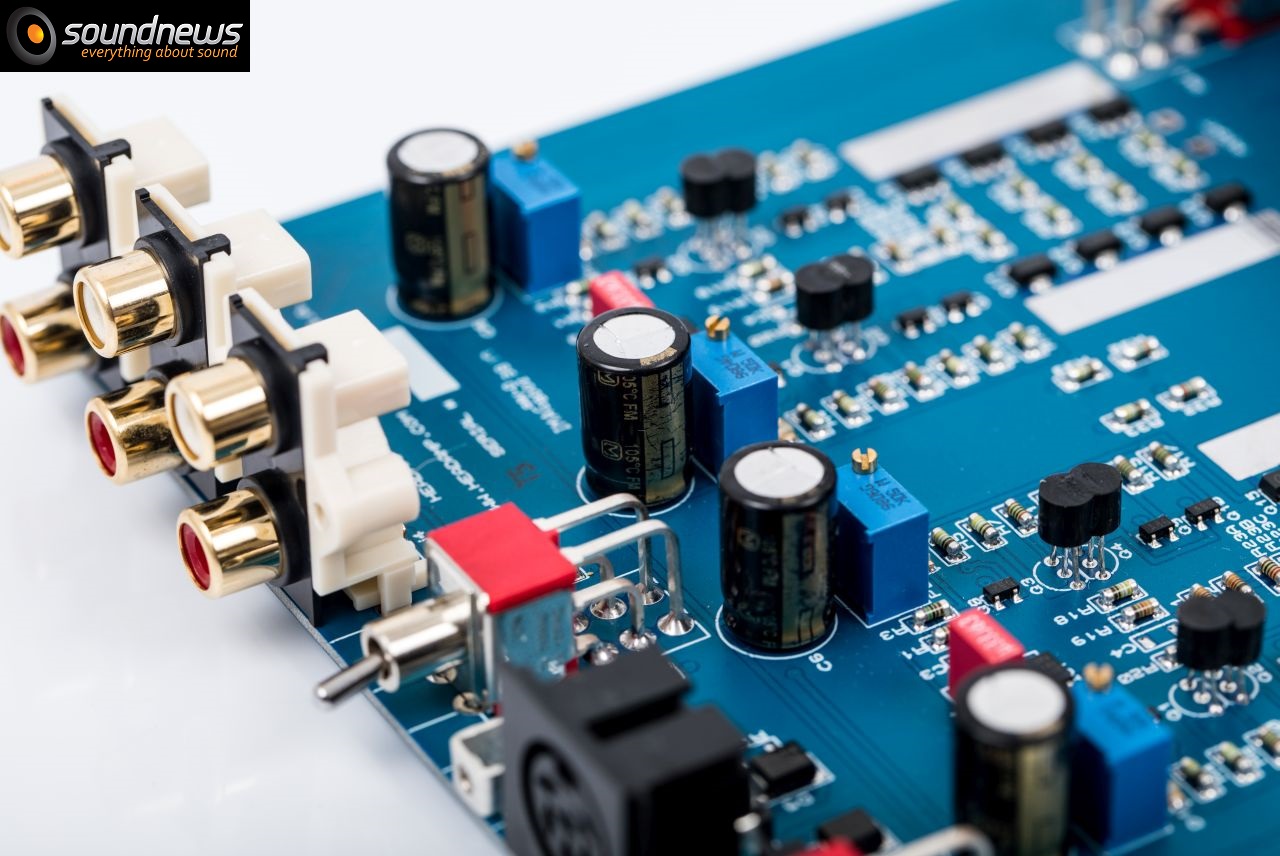
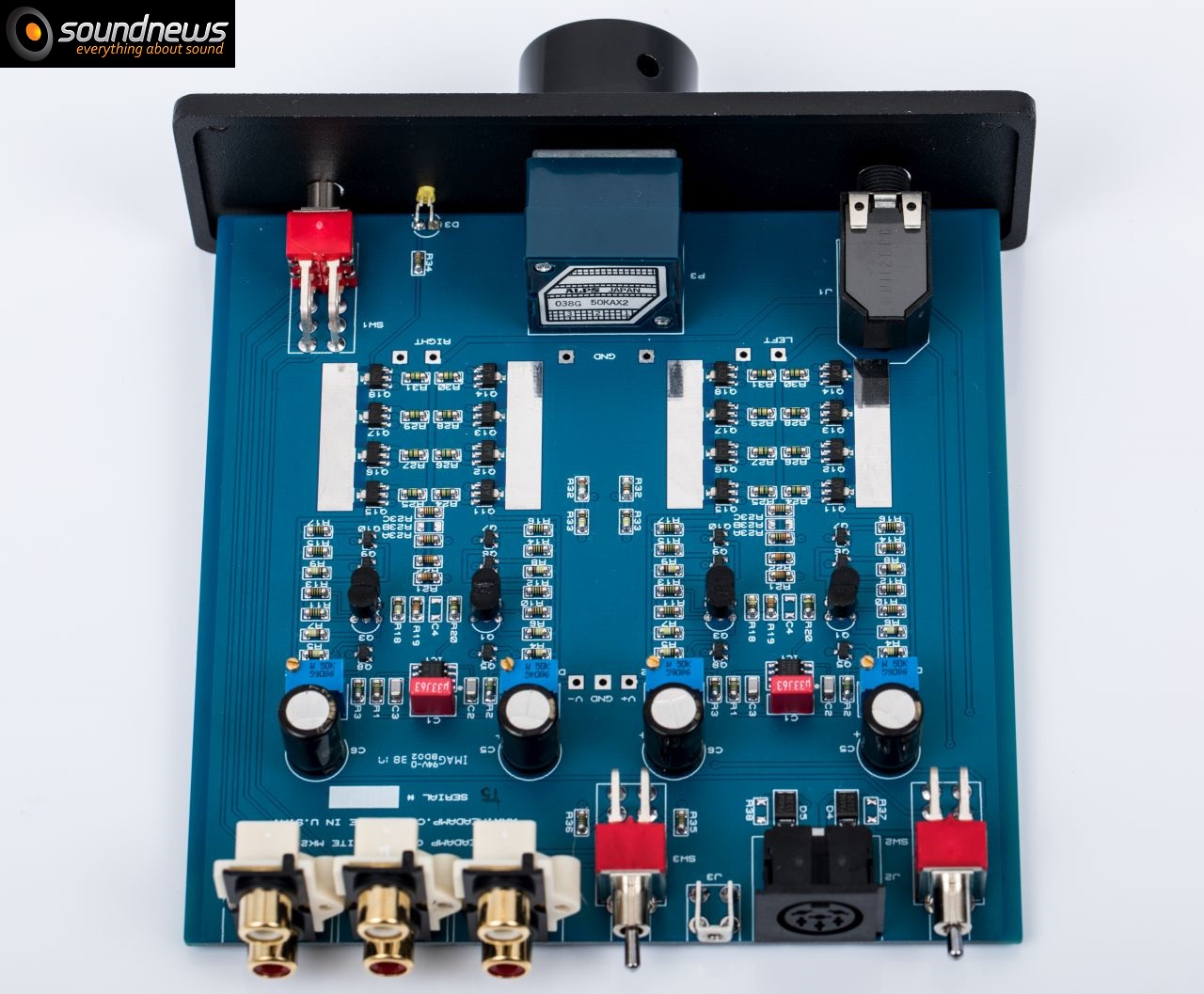
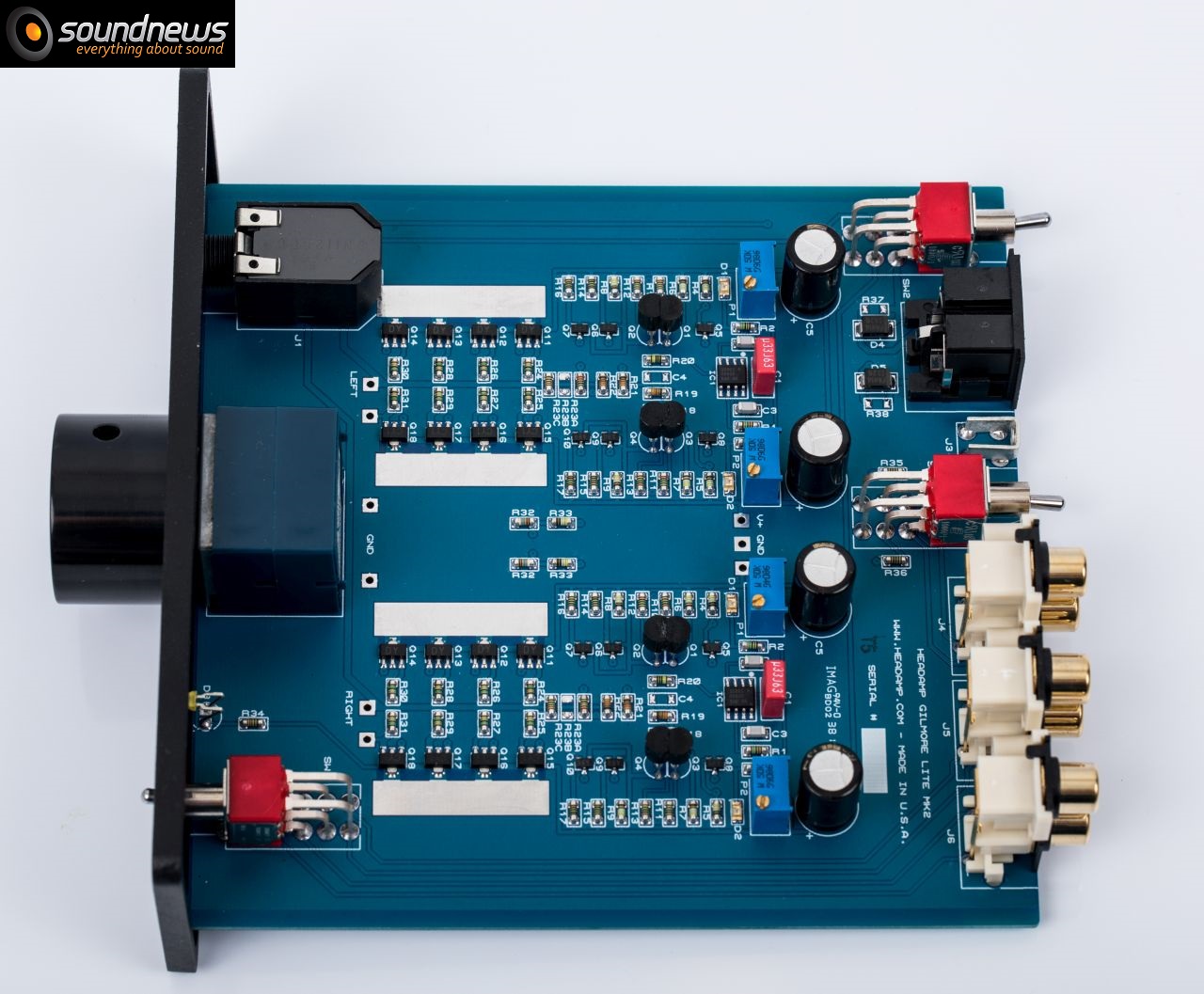
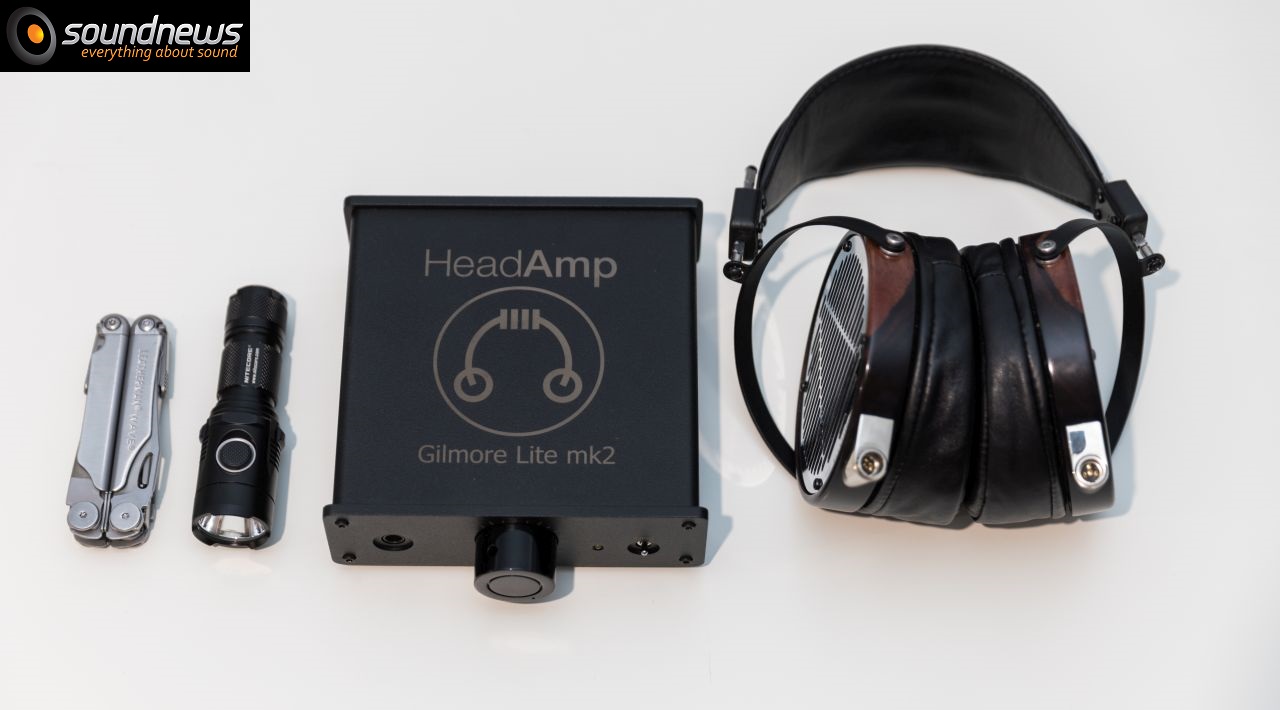
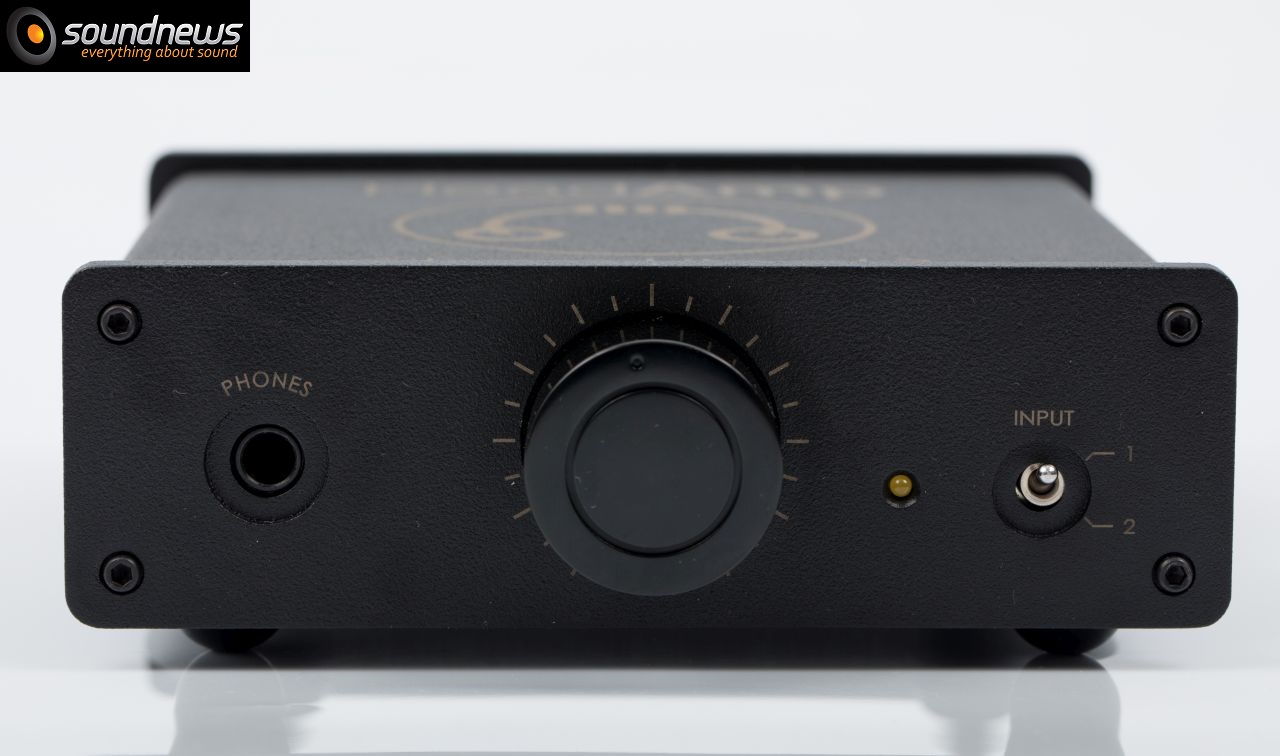
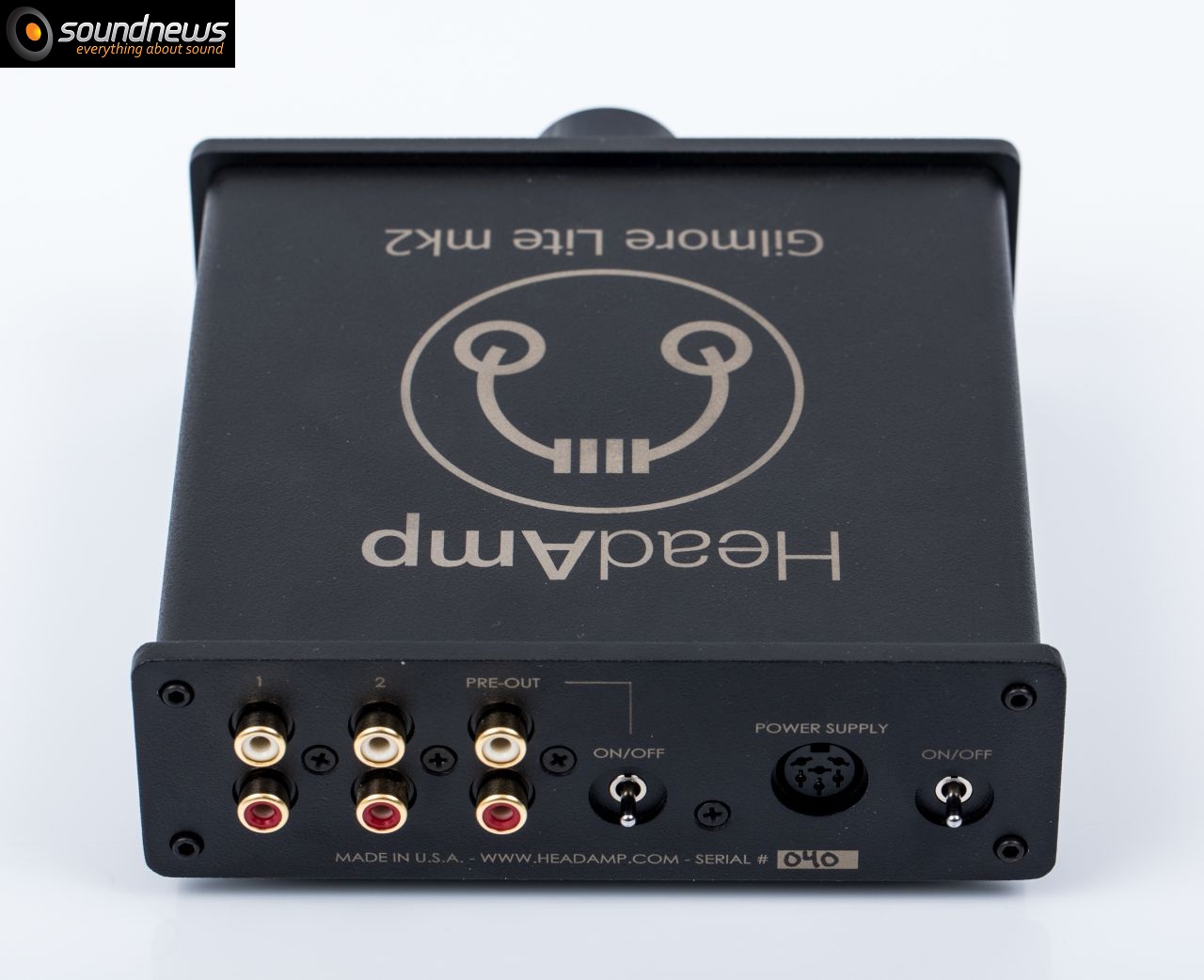
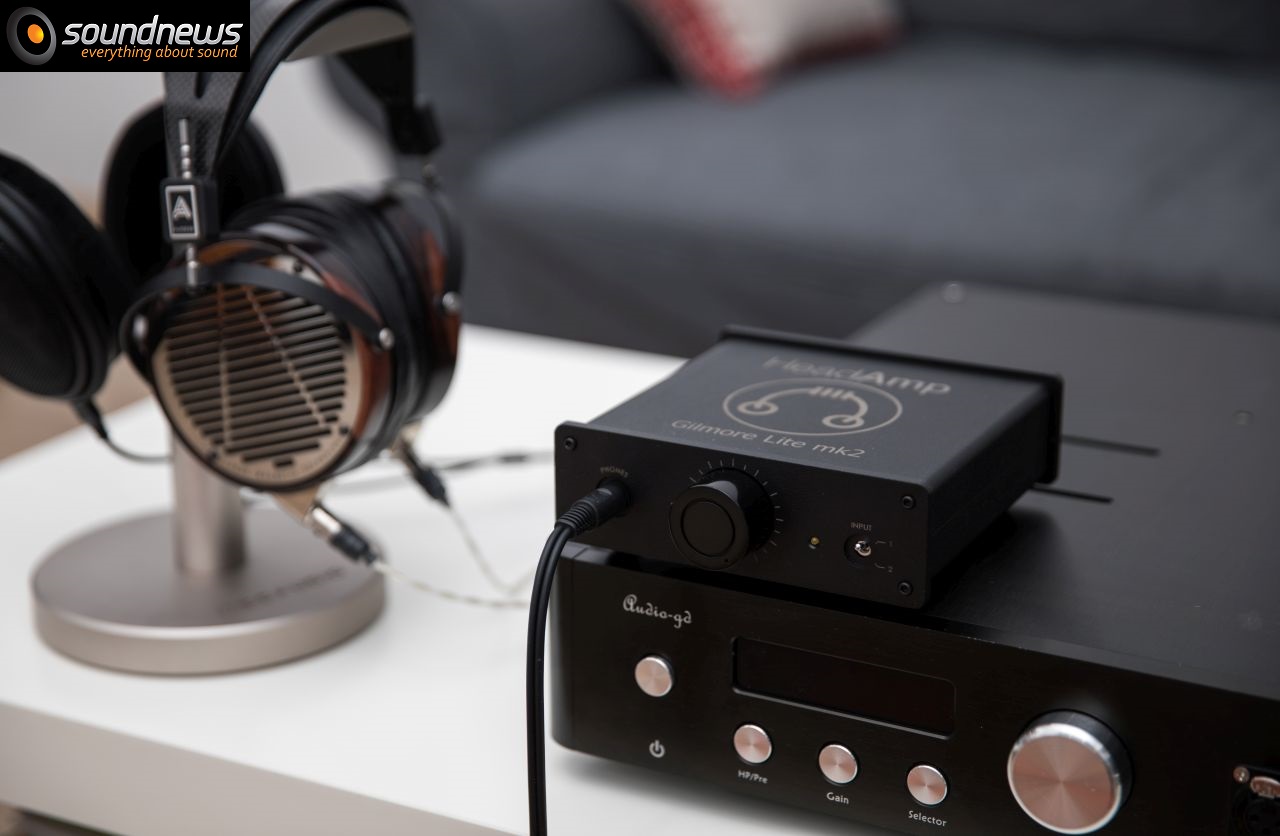

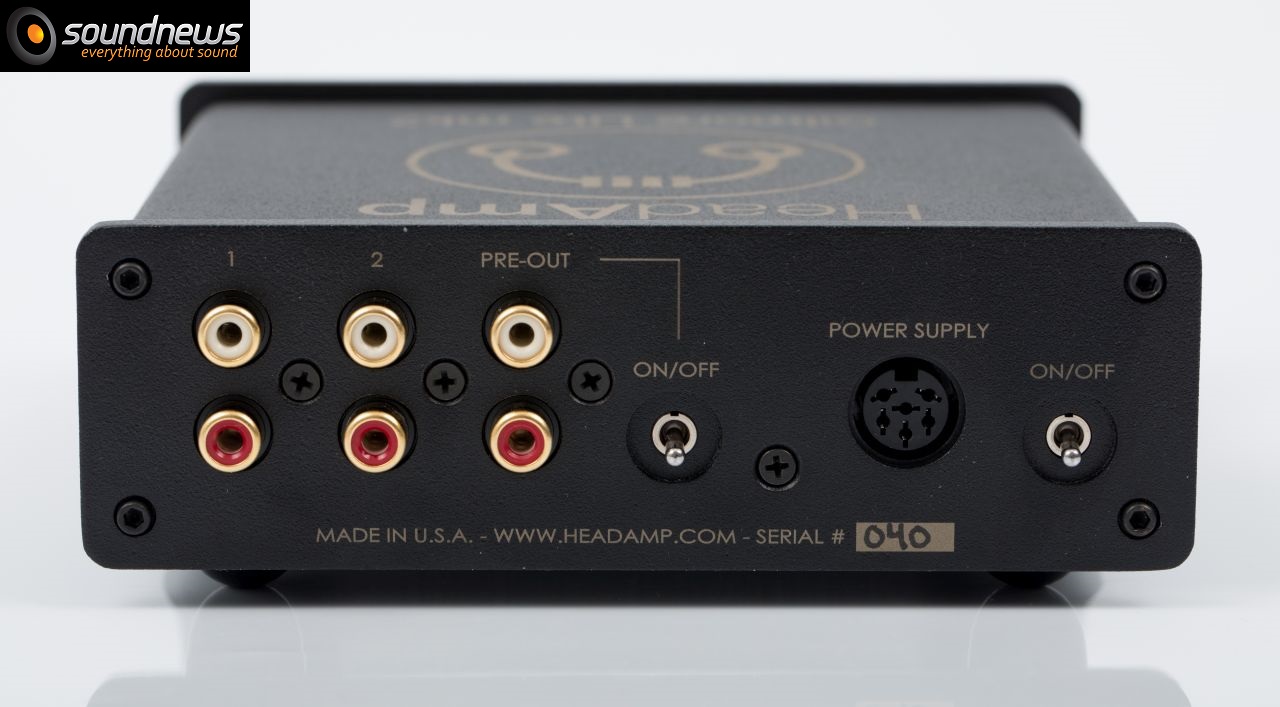

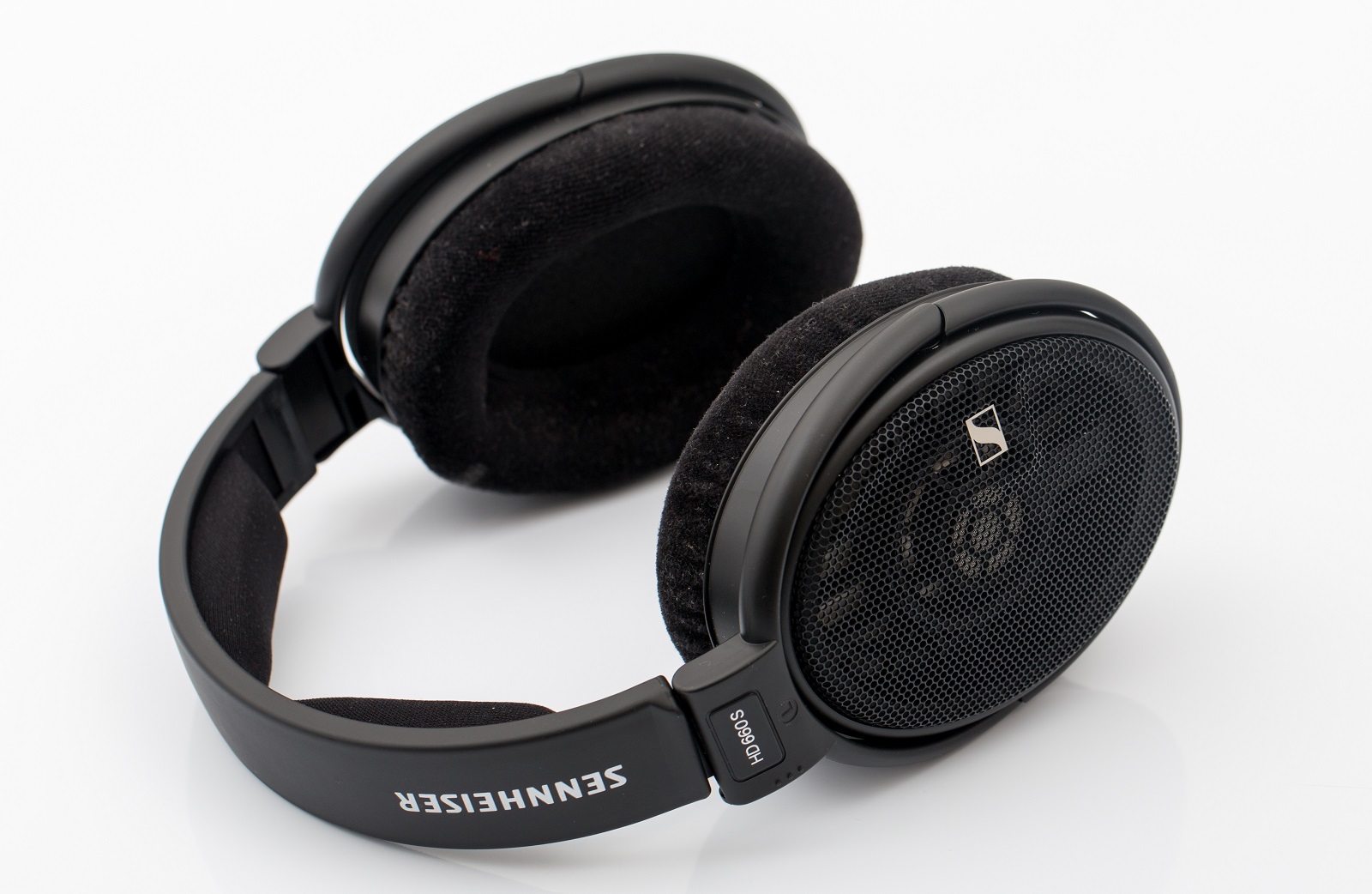
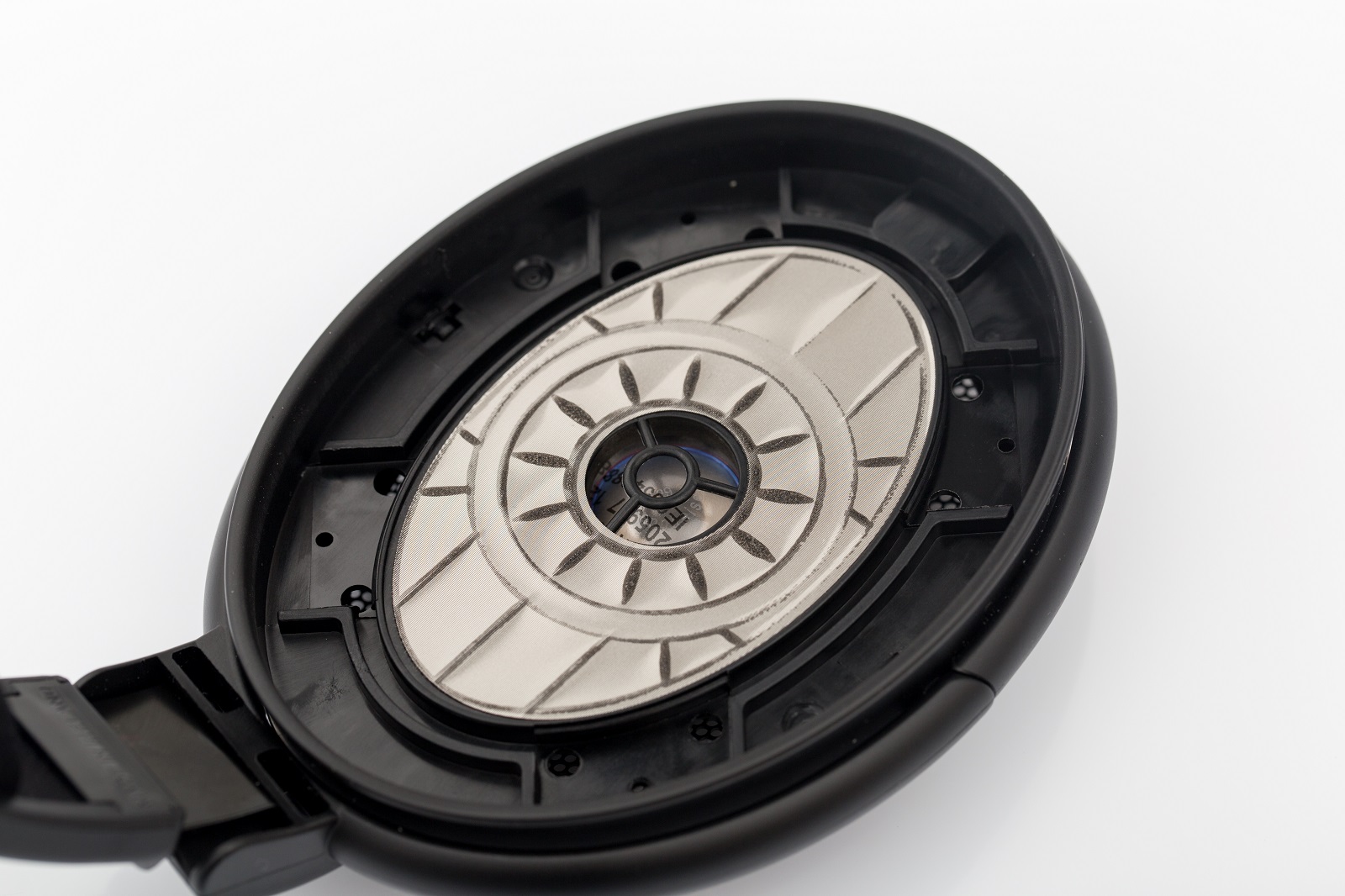
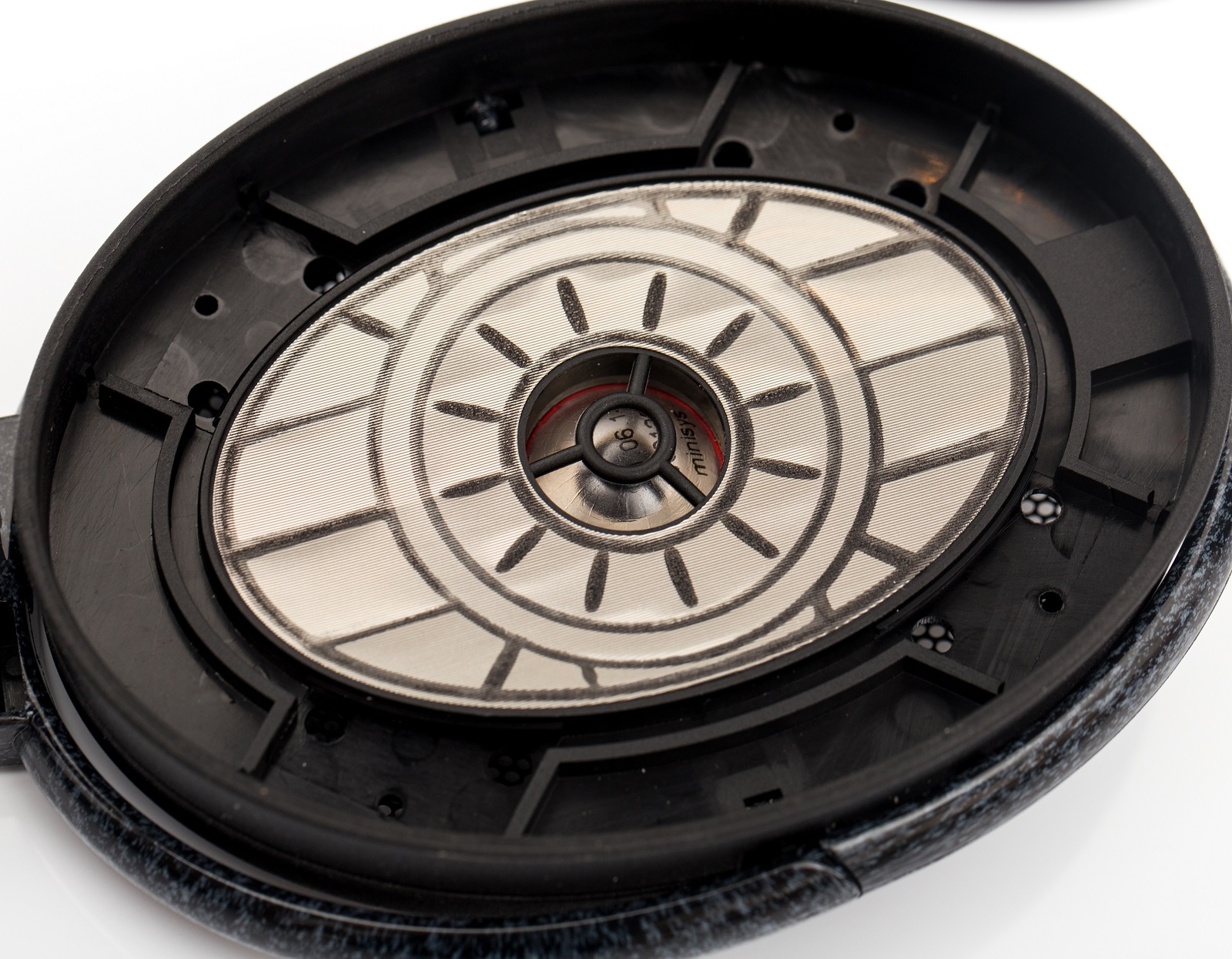
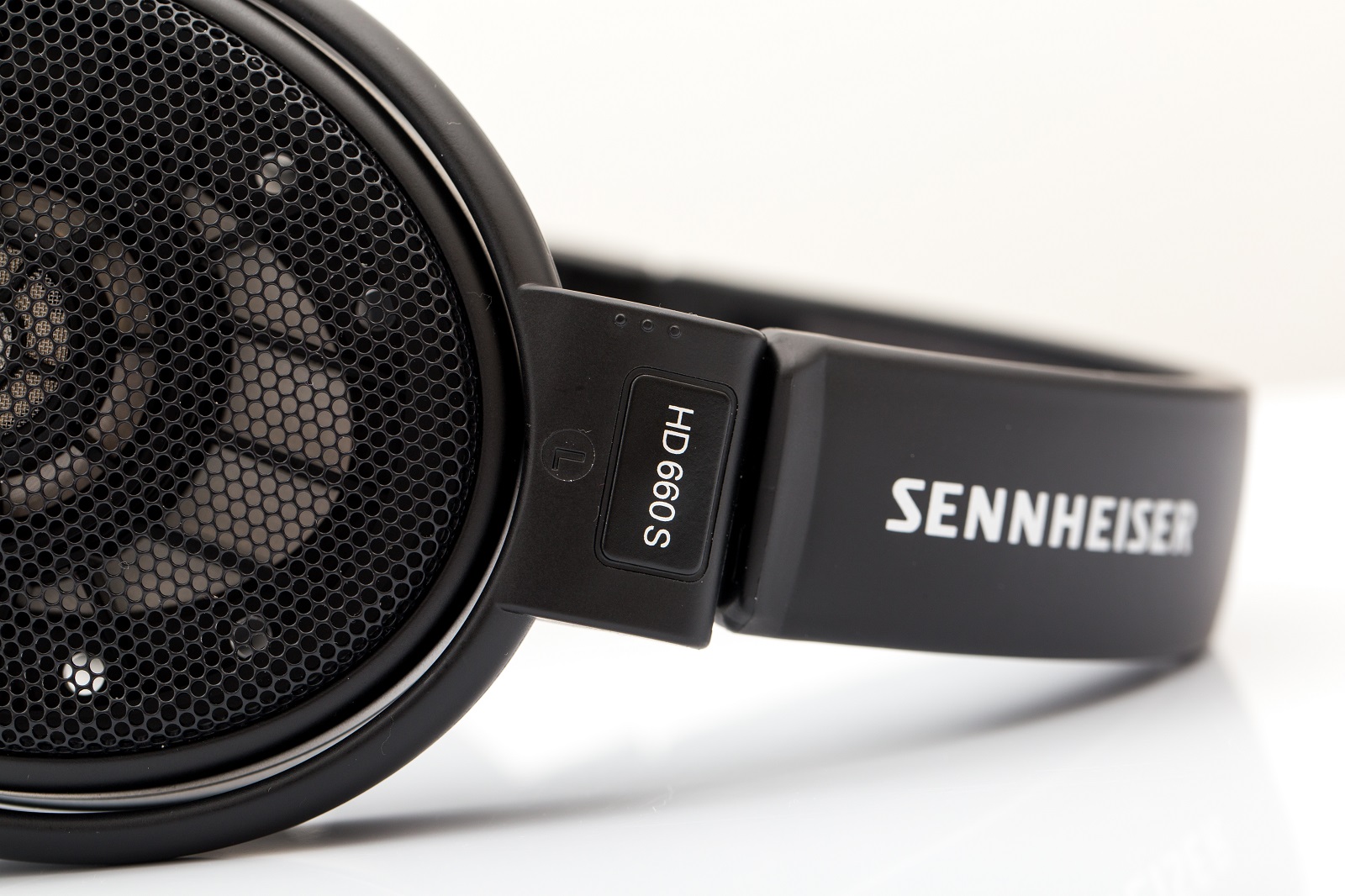
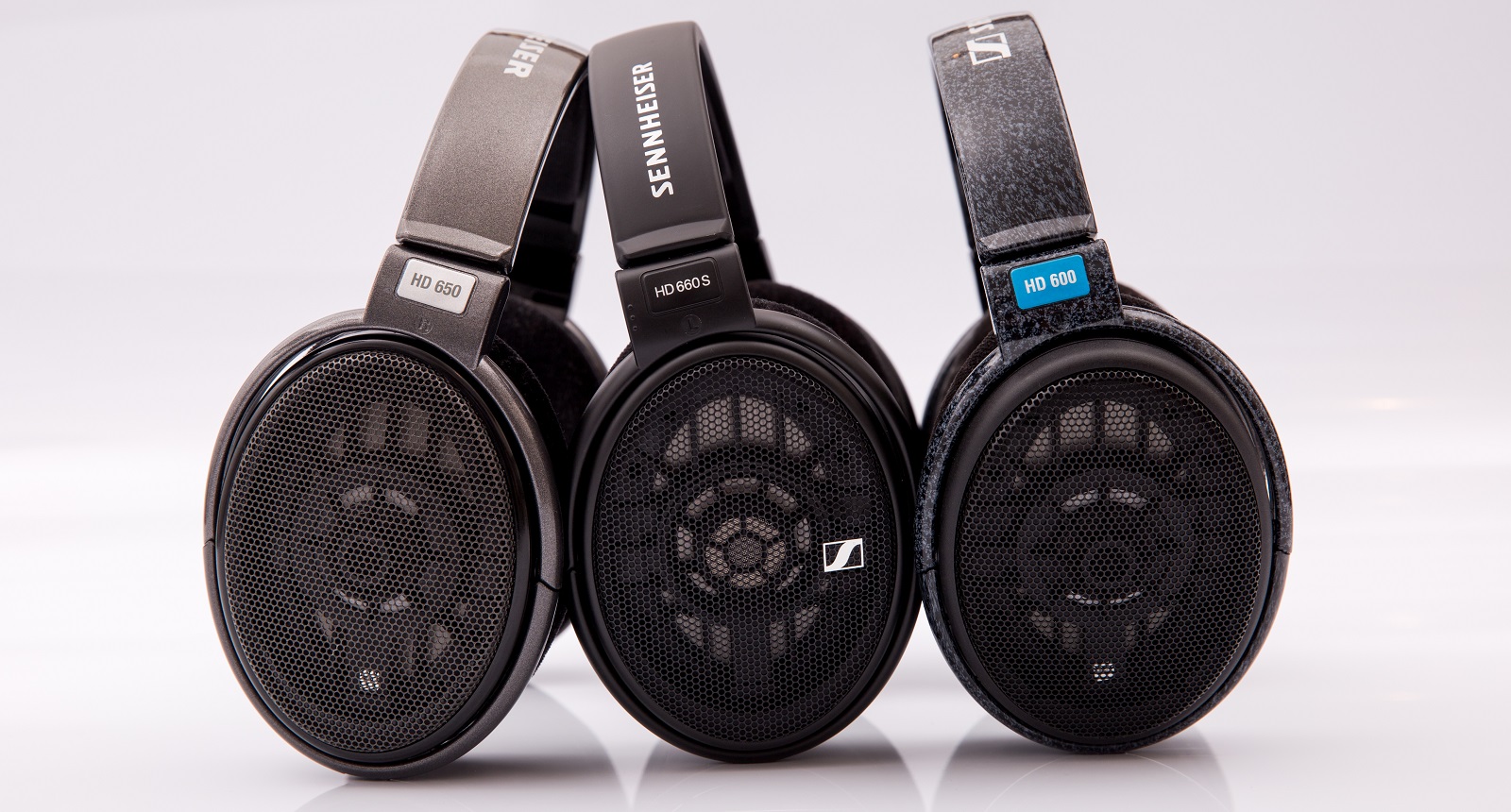

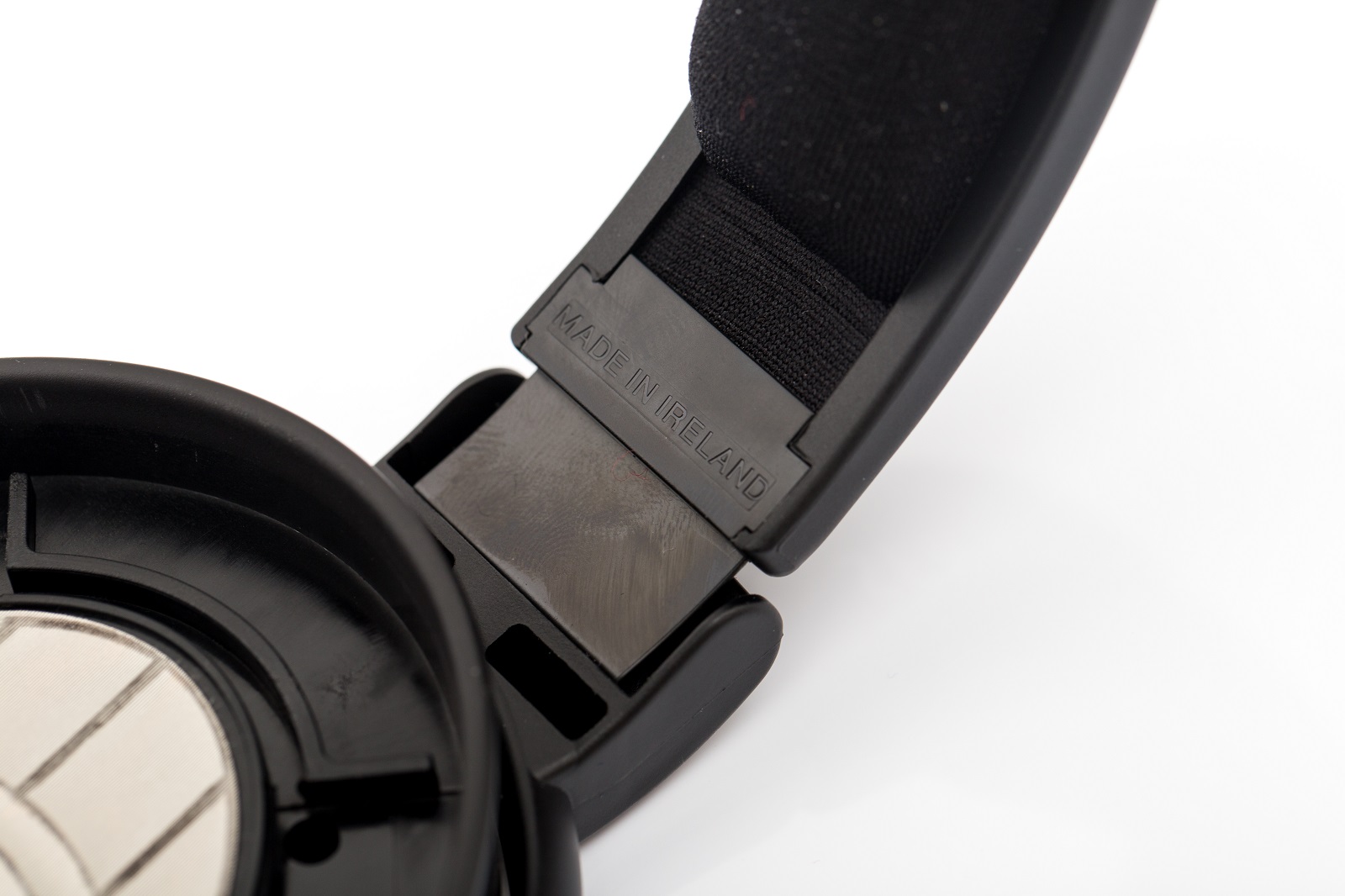
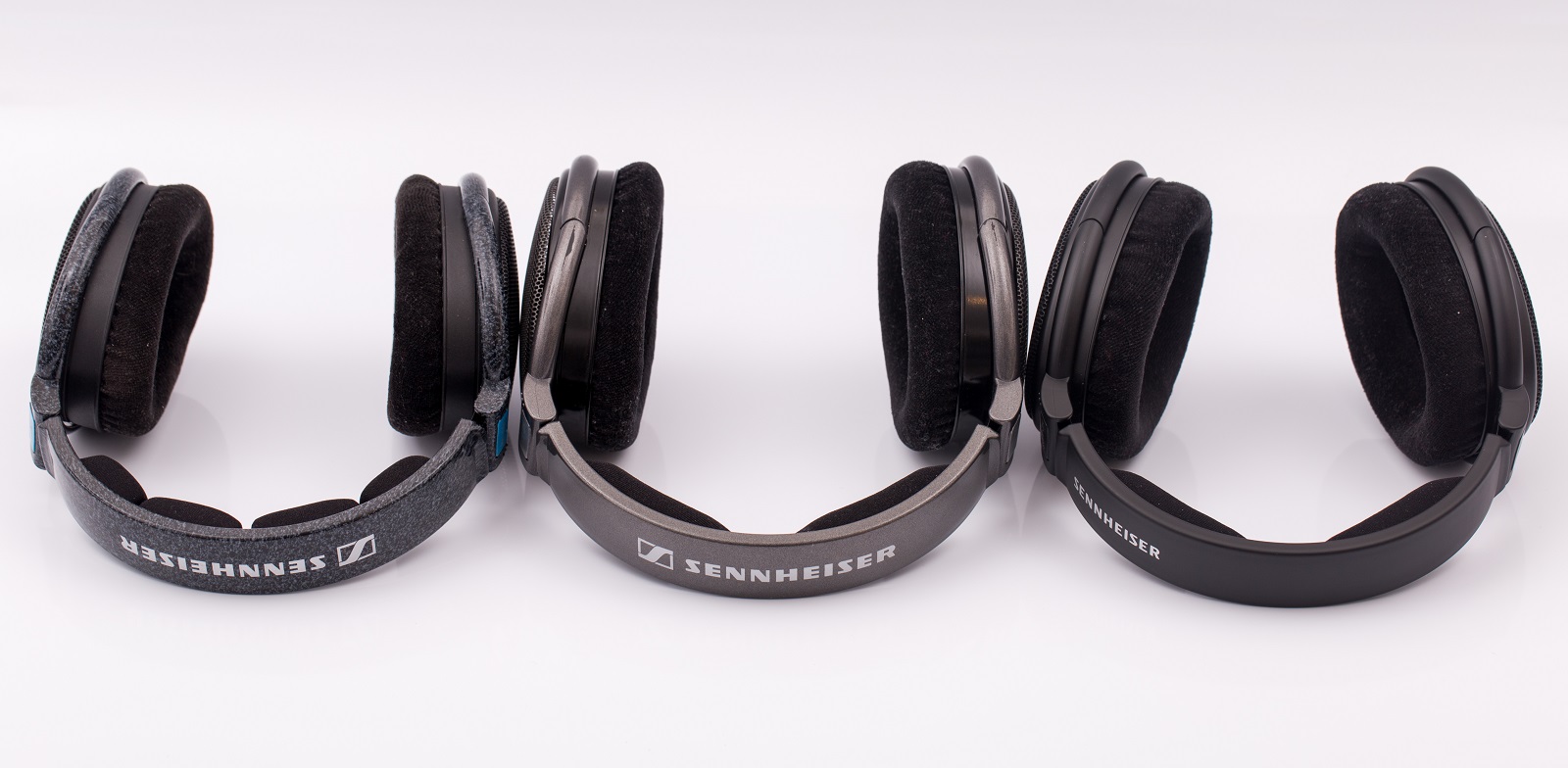
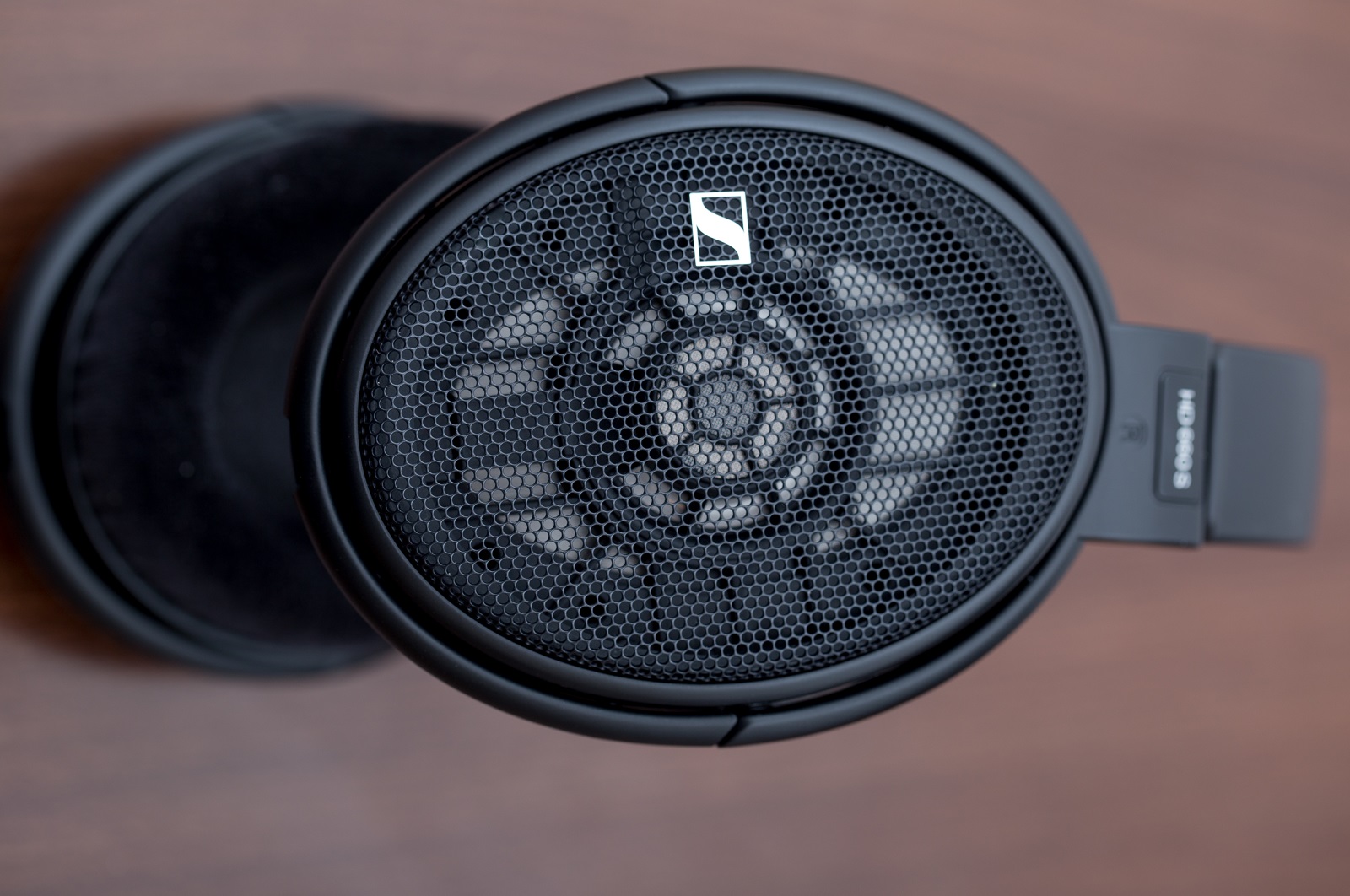

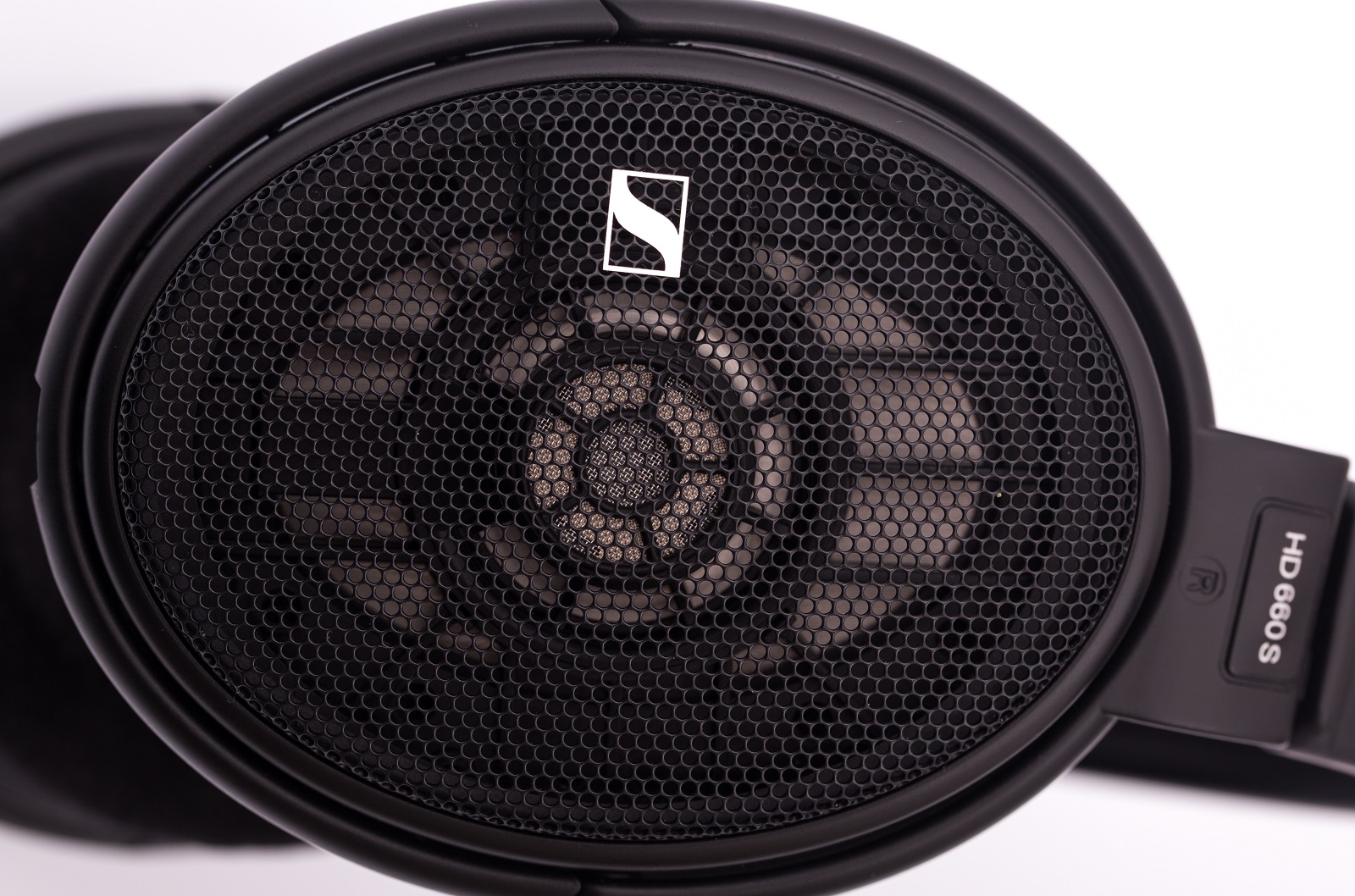
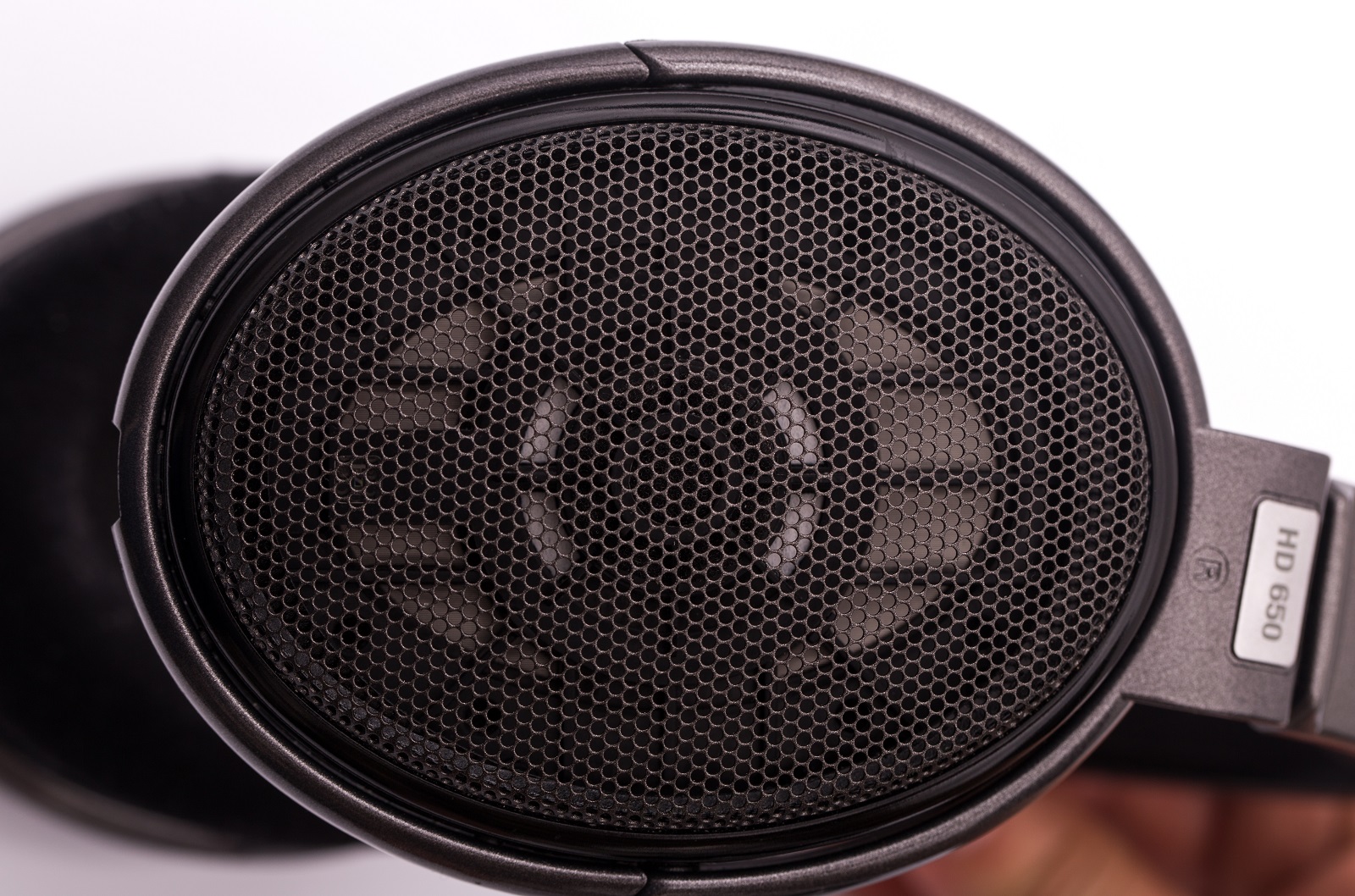

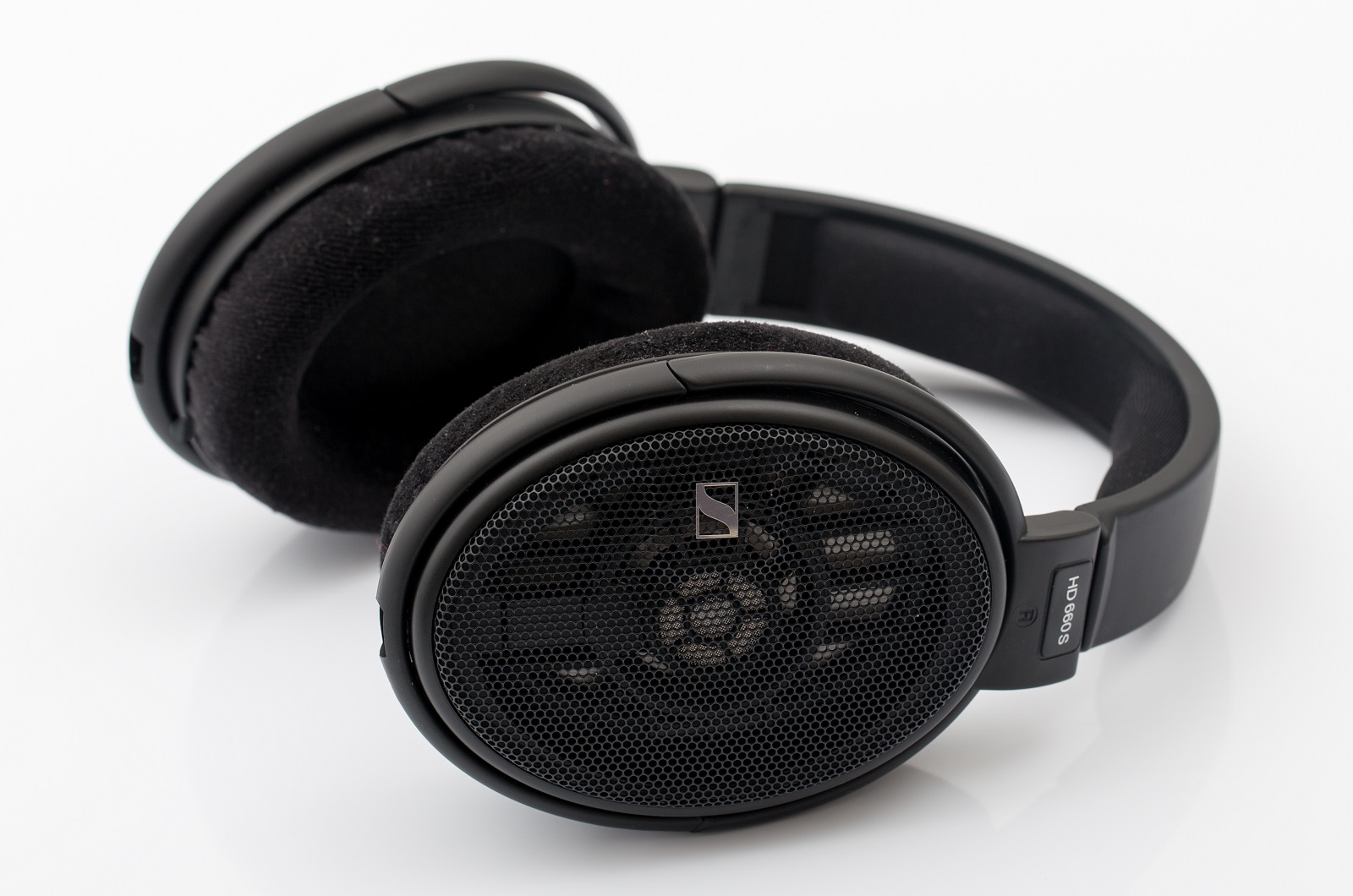

Great review!!